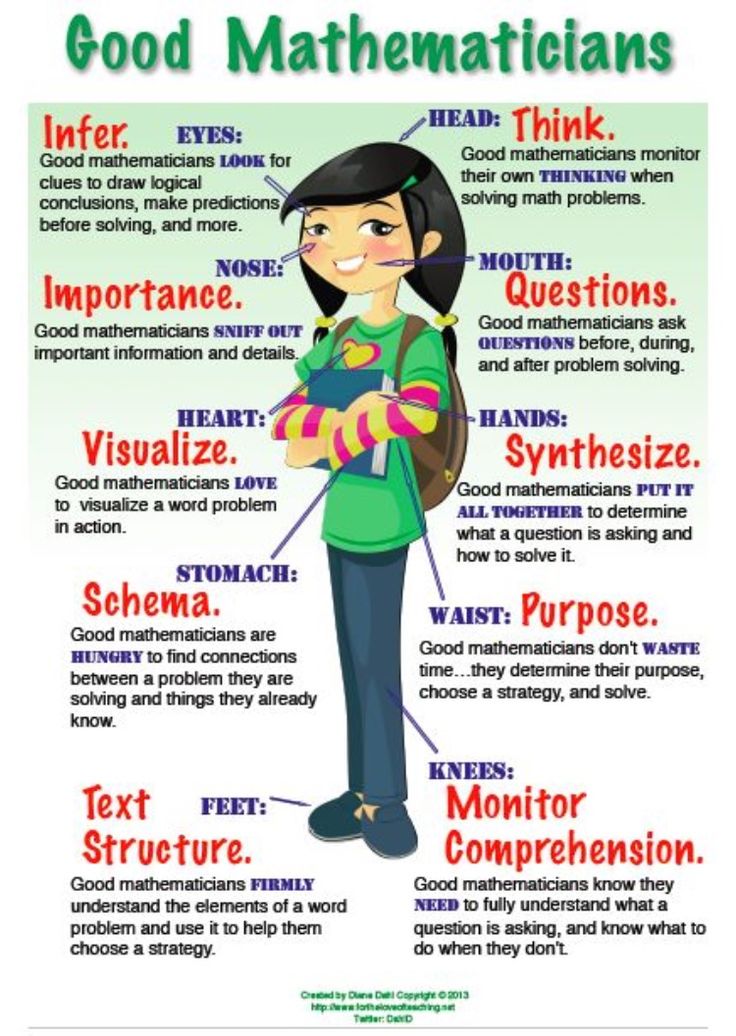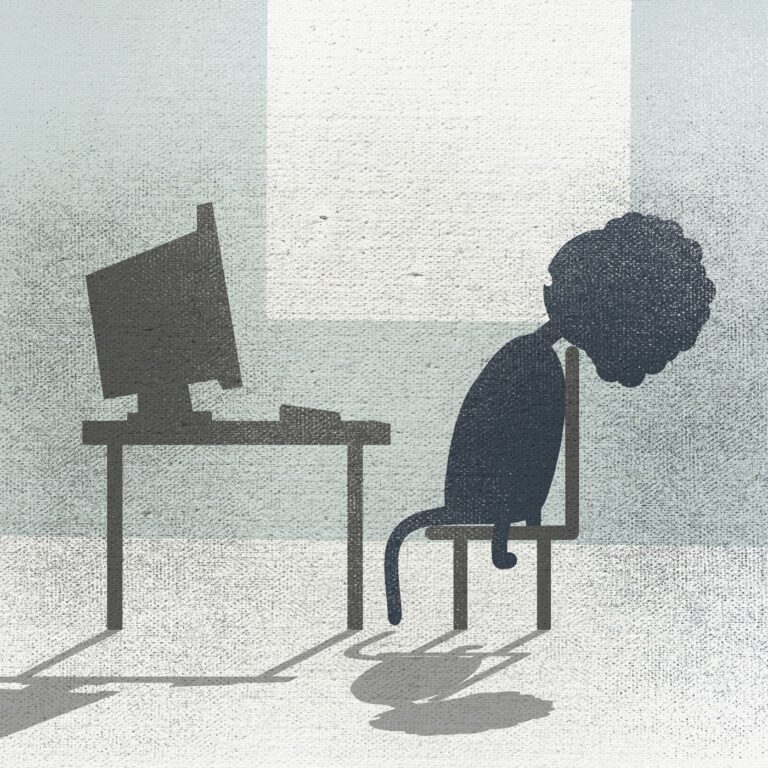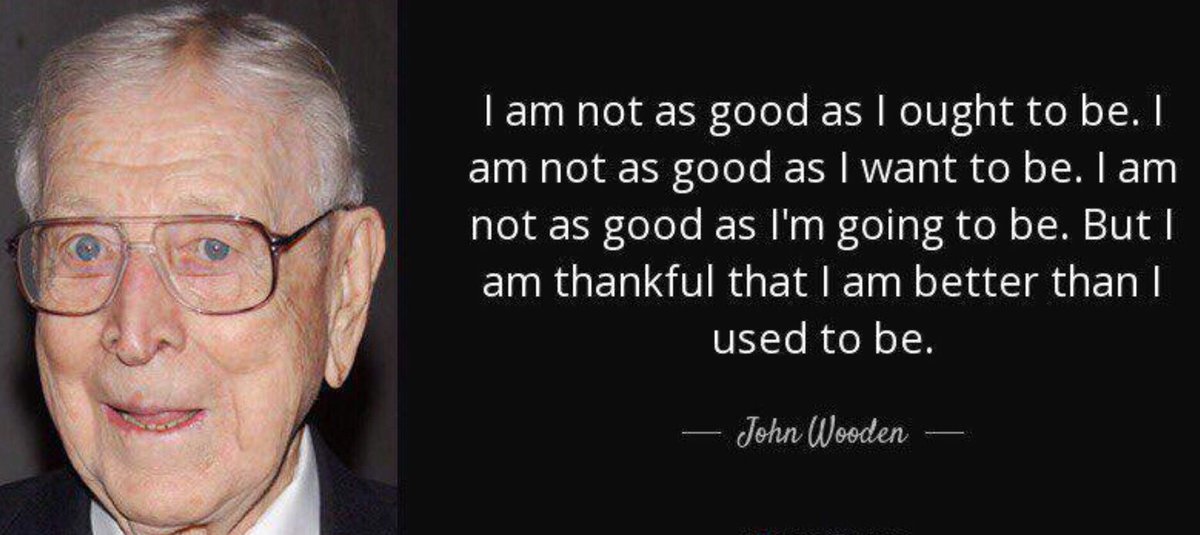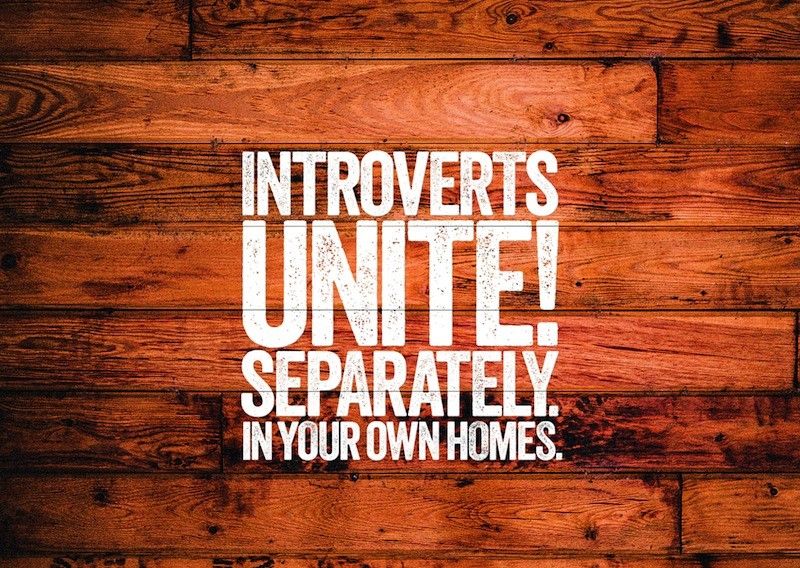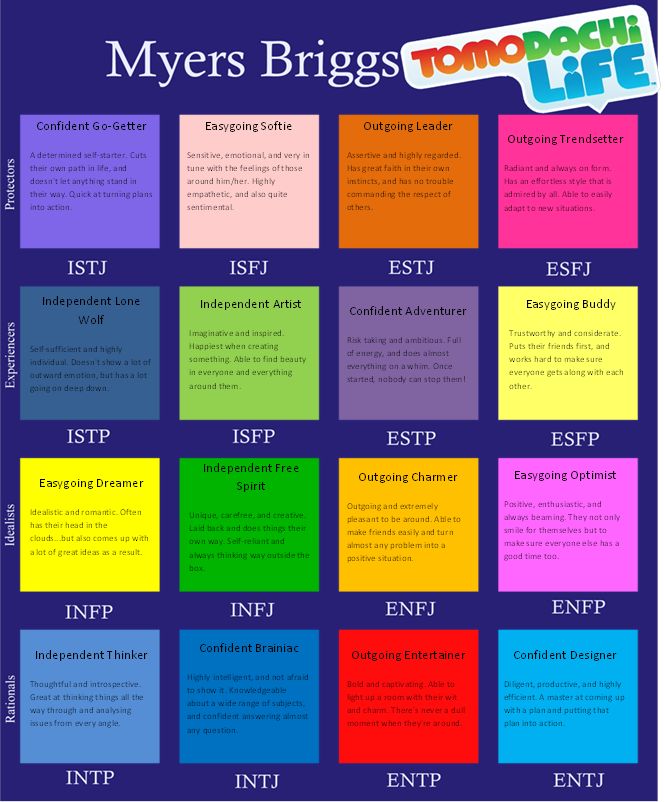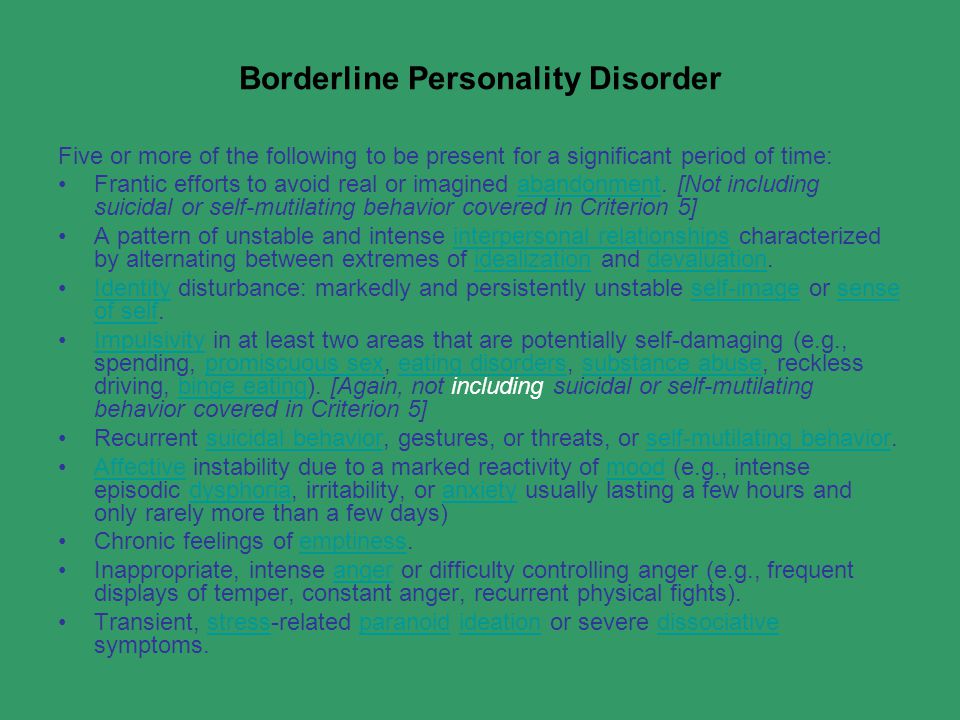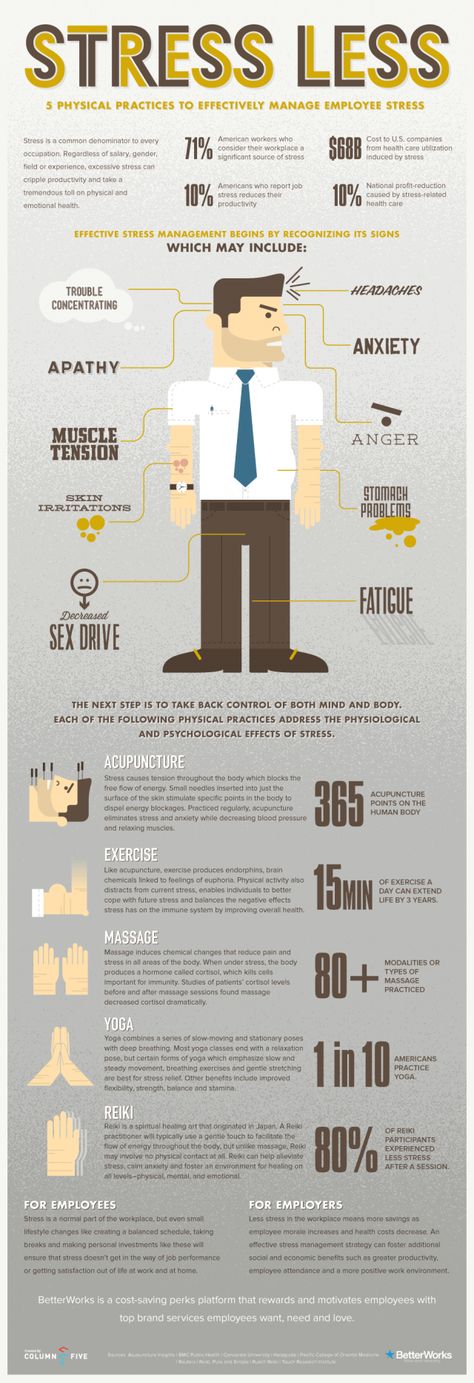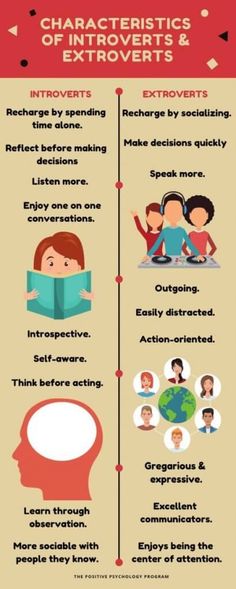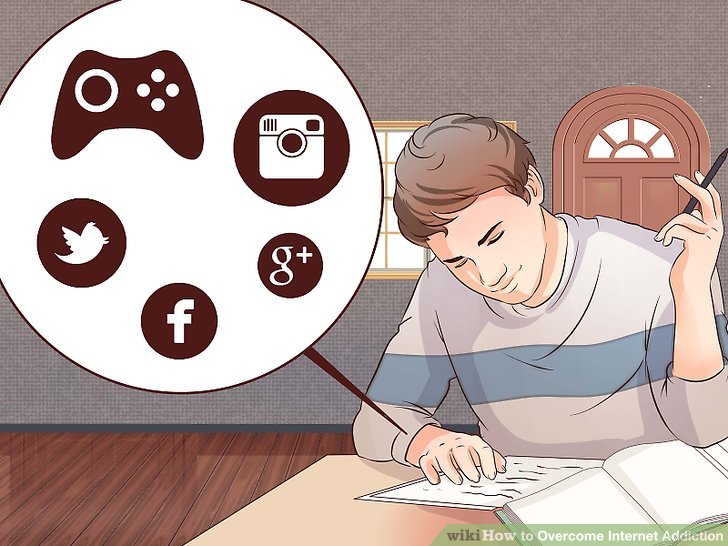What problems need to be solved
Top Problems in the World That Can Be Solved
With all the multifaceted problems in the world today, it is difficult to say which are more important than others. However, it is imperative to prioritize certain issues in order to dedicate enough resources to combat the top problems in the world that can be solved.
Top Problems that can be Solved
The Copenhagen Consensus Center, a think tank that researches the smartest solutions to global issues, organized a panel of five distinguished economists in 2012 to set priorities for fighting the 10 top problems in the world that can be solved:
- Armed Conflict
- Chronic Disease
- Education
- Infectious Disease
- Population Growth
- Biodiversity
- Climate Change
- Hunger and Malnutrition
- Natural Disasters
- Water and Sanitation
The panel was asked to describe the best ways to advance global welfare, specifically that of developing countries. The experts then assembled a prioritized list of thirty solutions.
Solutions to the World’s Issues
The number one solution was “bundled interventions to reduce undernutrition in pre-schoolers” and addressed the challenge of hunger and education. Some other proposals high on the list were subsidies for malaria combination treatment and expanding childhood immunization coverage.
The group of experts covered topics besides health, with solutions ranging from investing in early warning systems for natural disasters to increased funding for green energy.
With this list in mind, world leaders at the U.N. Sustainable Development Summit adopted the 2030 Agenda for Sustainable Development in Sept. 2015. On Jan. 1, 2016, the 17 Sustainable Development Goals (SDGs) replaced the eight Millennium Development Goals of 2015.
The new 17 SDGs were to:
- End poverty
- End hunger and improve nutrition and sustainable agriculture
- Promote well being for all ages
- Ensure equitable and quality education
- Achieve gender equality
- Ensure water and sanitation for all
- Ensure access to modern energy for all
- Promote sustainable economic growth and productive employment
- Build resilient and innovative infrastructure
- Reduce inequality
- Make settlements safe, resilient and sustainable
- Ensure sustainable consumption and production patterns
- Take urgent action to combat climate change
- Conserve and sustainably use Earth’s water
- Promote sustainable use of terrestrial ecosystems and forests, and halt and reverse land degradation and biodiversity loss
- Promote peaceful societies, provide access to justice and build effective, accountable institutions
- Implement and revitalize the Global Partnership for Sustainable Development
A New Set of Problems
80,000 Hours, an independent nonprofit organization that researches how graduates can make the biggest difference possible with their careers, came up with another list defining problems in the world that can be solved. Drawing from research from groups such as the University of Oxford’s Future of Humanity Institute and the Copenhagen Consensus Center, 80,000 Hours created a framework to rate global issues.
The organization based its scoring on how solving the problem would reduce the risk of extinction, raise the global economic output, increase the income among the world’s poorest 2 billion people and save years of healthy life. It also used factors like the amount of good done compared to the percent of the problem solved and the number of resources required.
Risks from artificial intelligence topped 80,000 Hours’ list out of 11. Also on the list were biosecurity, developing world health and climate change.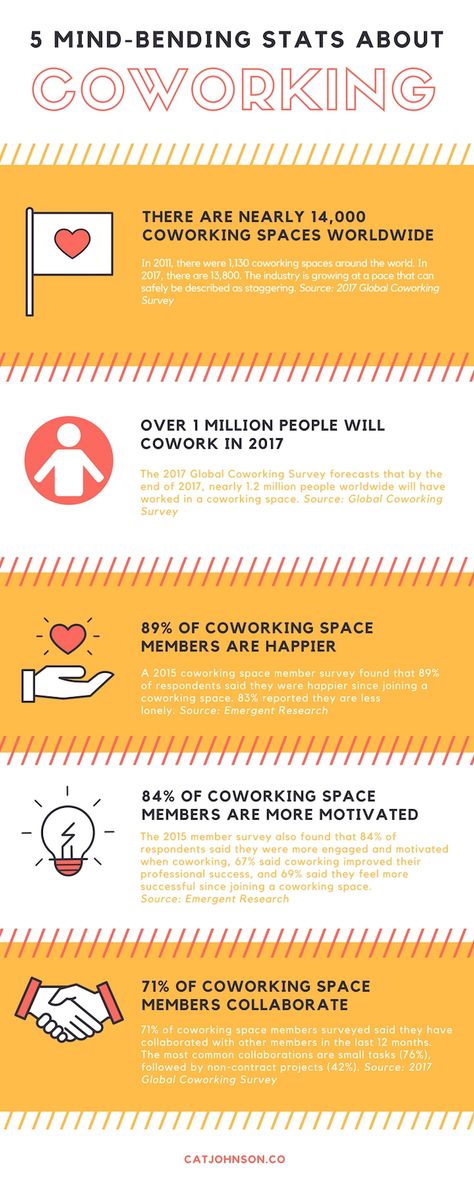 Other issues 80,000 Hours has yet to rate include science policy and infrastructure, cheap green energy and promoting human rights. The group indicates that improving health would be more beneficial than topics like empowering the poor and education.
Other issues 80,000 Hours has yet to rate include science policy and infrastructure, cheap green energy and promoting human rights. The group indicates that improving health would be more beneficial than topics like empowering the poor and education.
Due to how differently each solution overlaps with others there are various ways to rank a list of top problems in the world that can be solved. Thankfully, experts are doing their best to target issues to focus on and world leaders are taking calculated steps to implement solutions to such issues.
– Connie Loo
Photo: Flickr
Finding a problem that needs to be solved
Insights from an Entrepreneur – Value Based Entrepreneurship
Johan Brand is a creative technology entrepreneur. He is the Co-Founder of Kahoot!, one of the world’s fastest-growing learning brands with over 70 million unique monthly active users in 200+ countries. Johan shares us the story of Kahoot & how he sees entrepreneurship.
How did you become an entrepreneur?
I began studying in a business school, but quit after three months. It felt like I wasn’t learning practical skills, just theory. This took me to art school studying photography to learn more creative skills, how to ask questions from the world and originate my own ideas.
At art school, I learned to deal with uncertainty and understanding things that have no given answers. This was also where I could vocalize my own taste and values. Critiques force you to defend your choices and can also answer your own questions of why. This is a skill I am so fortunate to have learned and find so much more relevant. At the time, I didn’t know I would become an entrepreneur but discovered my interest & talent in starting new things.
Story of Kahoot
When working in London, I got more and more interested in play as human behavior. I see it as our first language. It is what we do with animals or with other humans if we don’t have a common language.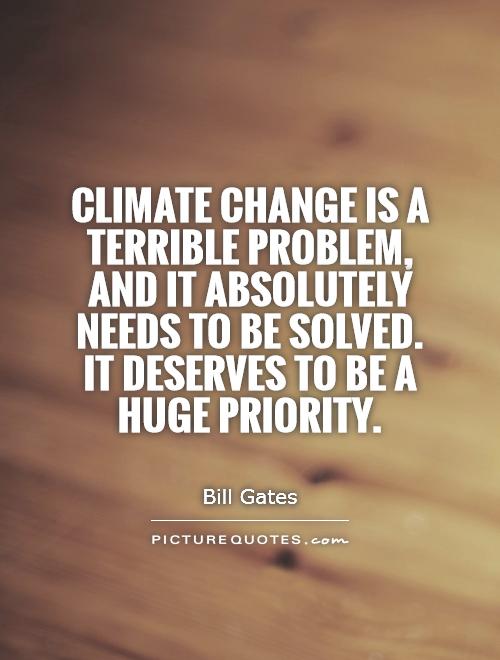 This is the entry into developing relationships.
This is the entry into developing relationships.
At the time, I was introduced to the other founders of Kahoot. They were working on other projects, but we were all in a similar field. We connected through aligned views of the world. Our drive was coming together and seeing problems that needed to be solved. We brainstormed, challenged each other and fell in love with different ideas. In the end, we chose the best bits and pieces that fit our collective vision.
However, none of our ideas were so exciting that we would be willing to give up our careers. We started to think, for what are we ready to sacrifice everything – and then we realized that the problem with education needs to be solved.
The problem & solution
We wanted to make learning awesome and as fun as hanging out with your friends after school. To do this, there needs to be engagement, play, and social interaction.
We started to think about what does it mean: how can we make people engage more? Technology plays a big part in how both students and adults connect outside of work or the classroom. Now we just had to find a way how technology can enable learning to be cool. In school classrooms, we saw students using clunky, dated clickers to give answers. Why couldn’t we turn everyone’s smartphone into a personal gaming controller you always have with you? Our vision emerged to turn the outdated, boring classrooms into a game show with everyone’s phone being the controller.
Now we just had to find a way how technology can enable learning to be cool. In school classrooms, we saw students using clunky, dated clickers to give answers. Why couldn’t we turn everyone’s smartphone into a personal gaming controller you always have with you? Our vision emerged to turn the outdated, boring classrooms into a game show with everyone’s phone being the controller.
The first step was to help the teachers get behind our idea. They needed to be the ones to introduce the game as something cool and then have their students log on to the platform. It’s no fun to be a teacher in your 40s with technology native students trying to do something with technology and fail.
We invented the pin code engage model. This means when the participants sign up, they will see their names on a big screen. Everyone wants to see their name on a big screen and get their 2 minutes of fame. This was our first innovation, creating a fun way to connect to the game which is actually a game itself.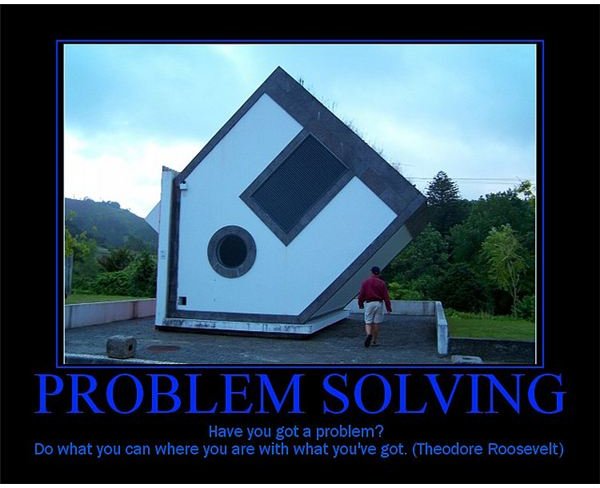
Our research led us to quizzes as very engaging types of games that also work pedagogically. This entry point is the hook to have people to engage with the platform.
Customers and users
I think it’s important to understand that your customer might not be the user: you might create value for someone using the product, but someone else is actually paying.
At first, we defined our two users as students and teachers. Both need to have equal value, but both have different objectives. Teachers need to be able to facilitate the game and gain learning value while the students need to be able to participate in the game and gain social value. Our goal was to take both user needs into account, but have them somehow meet in the middle.
Turning the product into a business
It was clear we needed teachers to use the product. If their students love it, the teachers would use it again. This we coined, product-led growth. Once we created a product that the teacher would adopt and students would use, we gave it out for free to the end-users.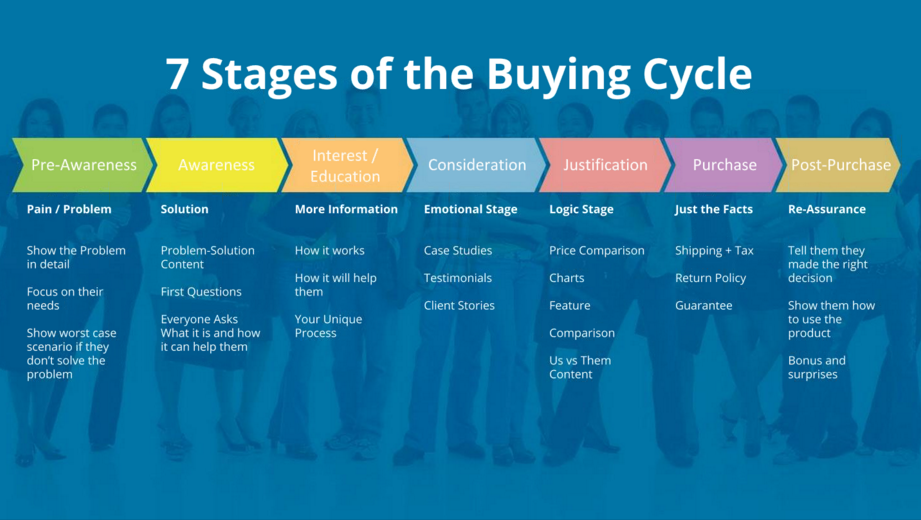 If both the users adapted well, we used that leverage to sell the school administration on the value of this becoming a paid service.
If both the users adapted well, we used that leverage to sell the school administration on the value of this becoming a paid service.
However, it was very clear from day one that schools were just a laboratory for business. This product works on a basic, humanistic level for all. We opened our target groups to workplaces or social gatherings and now have found commercial growth as well.
Value-based-entrepreneurship
At Kahoot, our goal is to ensure the product is always free for students and extract the value from businesses. I call it value-based entrepreneurship: you create solutions that add value before you extract value for yourself. Of course, I want people to have commercial success, but only as a consequence of having a positive impact. By giving, you also tend to get back – this is a fundamental attitude of a good entrepreneur.
A while ago I also founded a company called The EntrepreneurShipOne. I identified that the Ocean and its potential for a sustainable future was not part of the public agenda, neither at school or political level.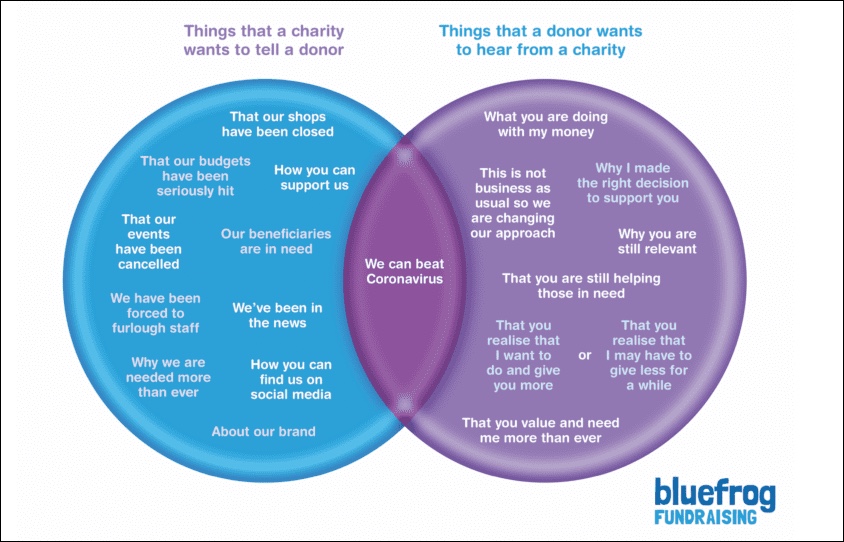 I wanted to take action in solving that problem. We facilitate voyages and expeditions with entrepreneurs, politicians, and corporations to physically expose them to the problem and the solutions within technology and entrepreneurship that can provide solutions for the betterment of the world. At the moment, this is not a commercial business, but a community built on creating positive, societal impact. There could be a commercial element to draw from this venture at some point, but first, we should have a positive impact.
I wanted to take action in solving that problem. We facilitate voyages and expeditions with entrepreneurs, politicians, and corporations to physically expose them to the problem and the solutions within technology and entrepreneurship that can provide solutions for the betterment of the world. At the moment, this is not a commercial business, but a community built on creating positive, societal impact. There could be a commercial element to draw from this venture at some point, but first, we should have a positive impact.
4 ways to solve any problem
January 23, 2017 Life
There are no hopeless situations. Lifehacker will tell you how to solve a problem in any area of life using a simple algorithm.
Share
0Possible Solutions
Whether it's your choice of a new gadget, your relationship with your partner, or your new boss's excessive demands, there are four ways you can get rid of this feeling:
- change yourself and your behavior;
- change the situation;
- get out of the situation;
- change your attitude to the situation.
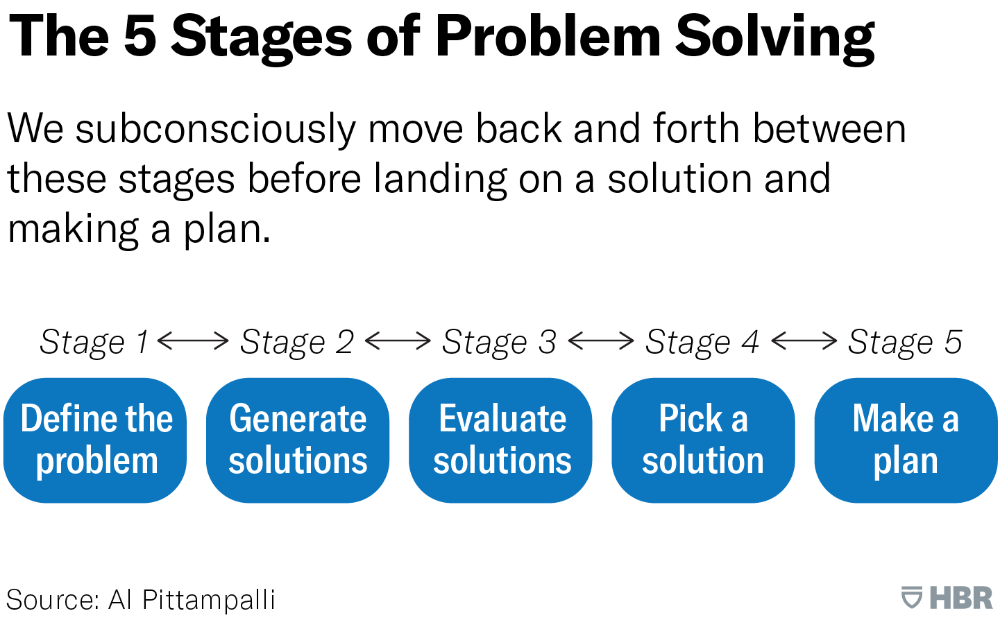
Undoubtedly, there is another option to leave everything as it is, but this is definitely not about solving the problem.
That's it, the list is over. No matter how hard you try, you can't think of anything else. And if you want to think about how to proceed, then I suggest doing the following steps.
Algorithm of actions
1. Formulate the problem in the first person
The problems "The world has not yet created the gadget that I need", "He does not care about me" and "The boss is a beast, demands the impossible" are unsolvable. But the problems “I can’t find a gadget that meets my criteria”, “I feel unhappy because my partner does not care about me” and “I can’t do what my boss requires of me” are quite workable.
2. Analyze your problem
Start from the four solutions above:
- You can change yourself and your behavior: reconsider your requirements for the gadget, ask your partner to take care or learn to do what the boss requires.
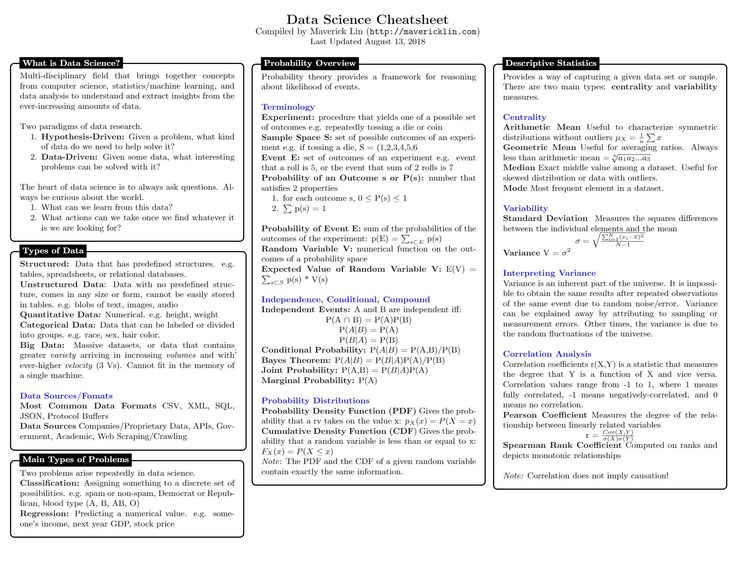
- You can make a difference: create your own gadget that perfectly matches your criteria, talk to a partner about your feelings, or get your boss fired.
- You can get out of the situation: decide not to buy a gadget at all, leave your partner or quit.
- You can change your attitude to the situation: read reviews on the forums and assess how much you need this particular gadget; talk to a psychologist and find out how you can take care of yourself; turning to the philosophy of Buddhism, come to terms with the character of the boss and not take his demands to heart.
3. Think about which method suits you best
You may find that you would like to combine several of them, for example, change your attitude to the situation and then change your behavior. Or maybe you will first consider several ways to choose from. This is fine.
4. Brainstorm with one, two, or even three options.
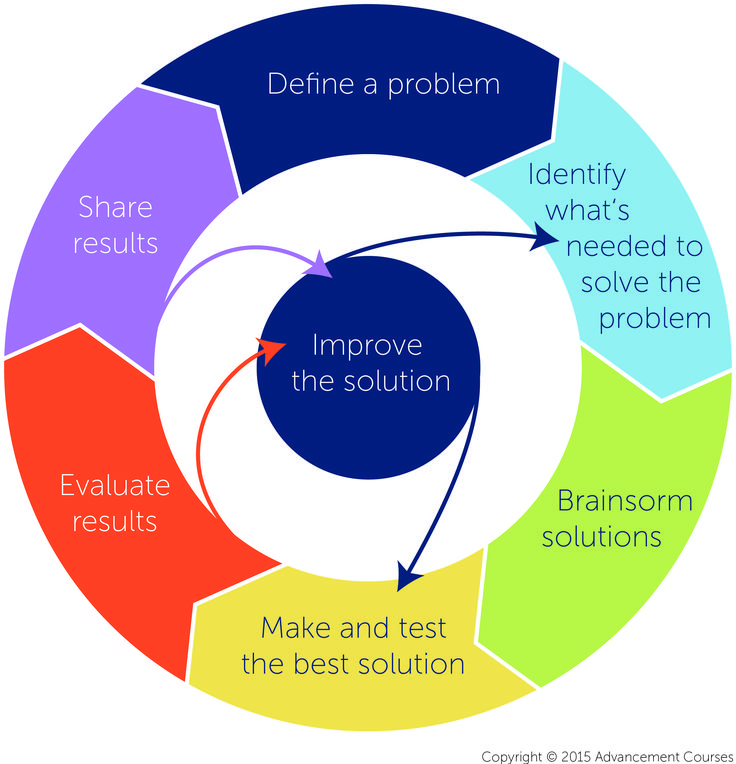
Get a piece of paper and a pen. For each method, write as many solutions to the problem as possible. At this stage, discard all filters (“indecent”, “impossible”, “ugly”, “shameful” and others) and write down everything that comes to mind.
For example:
| Change yourself and your behavior | ||
| I can't find a gadget that matches my criteria | I feel unhappy because my partner doesn't take care of me | I can't do what my boss wants me to do |
|
|
|
For inspiration:
- Imagine someone you respect who could definitely help you.
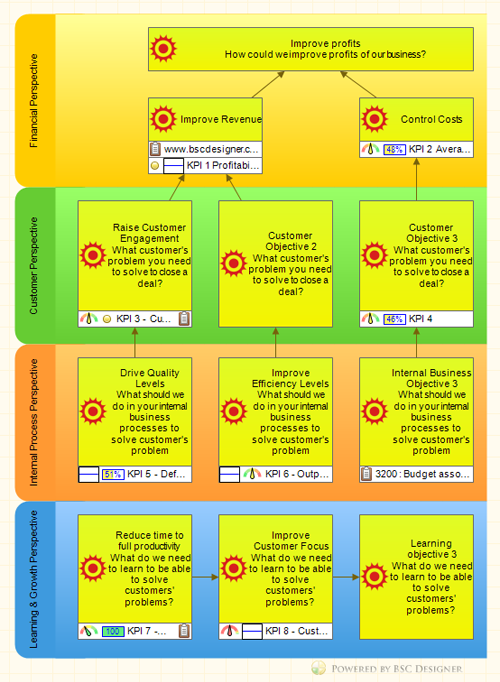 What solutions would he suggest?
What solutions would he suggest? - Ask friends and acquaintances for help: brainstorming in a company is more fun.
5. Look at the list of all solutions to your problem
Choose the one that best suits your situation.
6. Answer the following questions for yourself
- What do I need to do to make this decision a reality?
- What can get in my way and how can I overcome it?
- Who can help me do this?
- What will I do in the next three days to start solving my problem?
7. Take action!
Without real action, all this thinking and analysis is a waste of time. You will surely succeed! And remember:
A no-win situation is a situation where you don't like the obvious way out.
How to solve problems quickly and efficiently. Trying to fix the problem. How changes happen
Every day you are faced with different tasks and problems that require your attention and urgent solutions.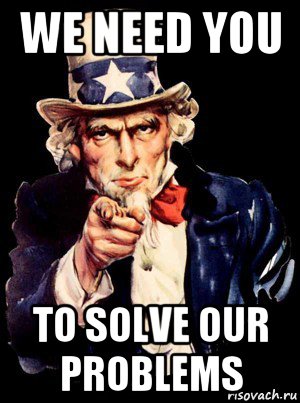 All of them are different and have different levels of significance and complexity. Simple problems can be solved easily without special knowledge, but you may not be able to cope with serious problems without special advice. Using such tips will help you not only solve the problem, but also save time and your efforts.
All of them are different and have different levels of significance and complexity. Simple problems can be solved easily without special knowledge, but you may not be able to cope with serious problems without special advice. Using such tips will help you not only solve the problem, but also save time and your efforts.
Here are some tips to help you solve any problem more easily.
Understand the problem
Describe your problem in order to understand what exactly you are dealing with. Understand the problem is the same as the situation or circumstance and it needs to be solved. Think about whether your behavior or action caused this problem, only then you will know and what to build on.
Do not try to solve all problems at once
Many people try to solve all their problems at once, but in practice this leads to their aggravation. All your efforts can lead to burnout syndrome. Solve problems one by one. If you focus on one problem, you will be more likely to succeed in solving it.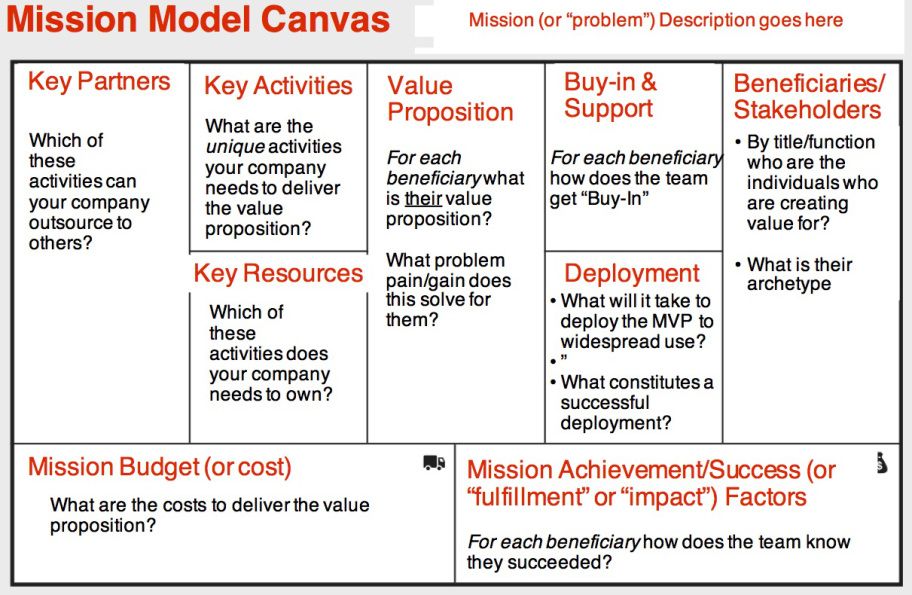
Your fear prevents you
Often it is fear that prevents us from solving this or that problem. And there is only one way, to move in spite of your fear. You can only overcome it by going through it. Try to think less about the problem in a bad way, that is, that something will not work out for you or you will look inappropriate in the process of solving the problem. Think with precision and vice versa that you solved the problem successfully and everything worked out for you. A positive attitude is already half the battle
Create a plan
A plan is very important in solving any problems, including solving problems. Make a detailed plan of action to solve a specific problem. In this way, the problem may not seem so difficult, which will also reduce your fear of it and speed up the solution to the problem.
Learn from other people's experiences
Tell someone about your problem or better search the Internet for a solution. All problems, as a rule, are similar and for sure someone has already encountered yours.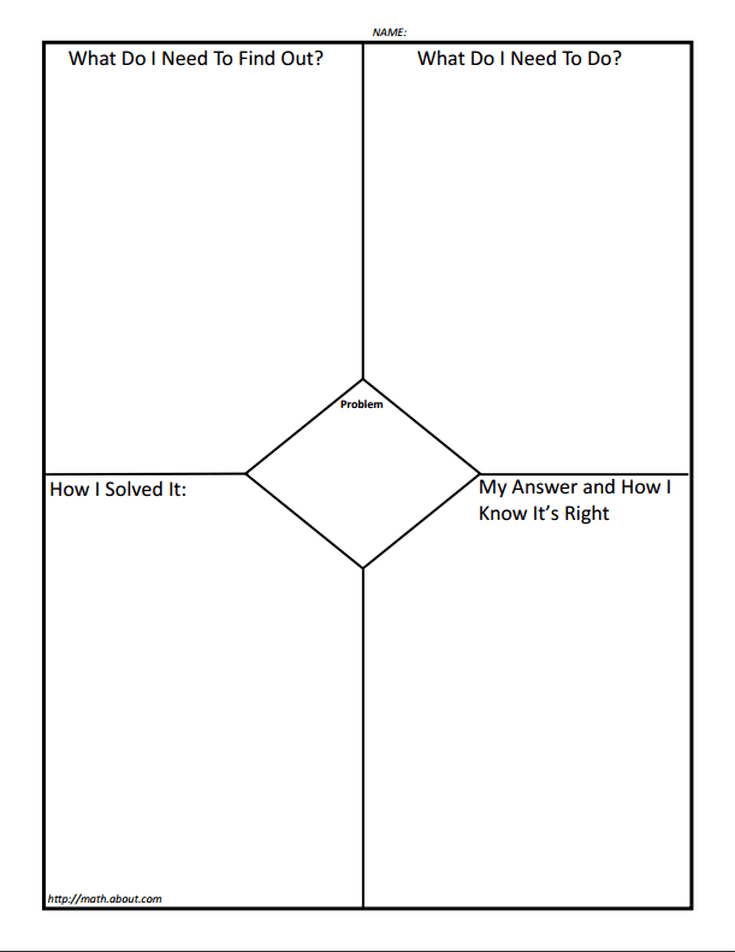 For this, there are a lot of question-and-answer services, but it's better to just use the search engine, it will tell you the best solutions, if any.
For this, there are a lot of question-and-answer services, but it's better to just use the search engine, it will tell you the best solutions, if any.
Calm down
Emotional decisions are usually destructive and wrong. Remember that the more frustrated you are, the more difficult it will be for you to find the right solution and not make more mistakes. Just forget about your problems for a while, until the emotional state normalizes, try to relax and be distracted by something positive.
Ask for help
Do not forget about your close people and friends. They will always help and support you in a difficult situation and it will be much easier for you to solve problems together. Especially from the side it is much easier to find the best solution to the problem.
Avoid additional problems
Think about ways you can use to solve your problem and the consequences. Very often, solving a problem can lead to even more problems. Analyze ways to solve a particular problem in order to avoid the possible emergence of new ones.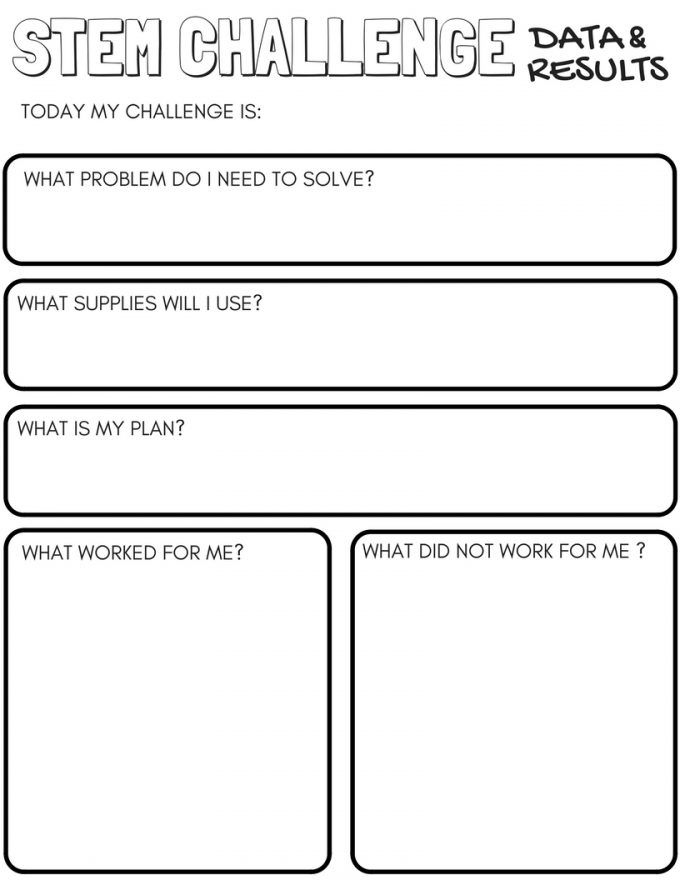
Law of action
Just sitting around and waiting for someone to solve your problems for you or they will suddenly resolve themselves is stupid. Thinking about the problem and making different plans is certainly good, but without action it is absolutely useless. Just start doing something now and in no case do not put off important and urgent problems for later, this will only exacerbate and exacerbate the problem.
In conclusion, I would like to add that you should not focus on the word problem, replace it with the word circumstance or situation so as not to cause negative emotions in yourself.
Every day each of us faces all sorts of tasks, difficulties and problems, the solution of which requires a huge amount of mental, energy, time and sometimes financial costs. Most of the problems need to be resolved urgently and extremely.
Each individual problem can have its own level of complexity and significance. Thus, it is quite possible to solve simple problems without special knowledge and skills, while more complex ones can be dealt with only if specific information is available.
But be that as it may, there are some fundamental principles, guided by which a person can cope with any difficulties that are encountered on his life path, and it does not matter at all what sphere of life they concern: business, work or interaction with other people. In addition, these principles will help not only solve problems, but also do it with minimal time and effort.
And in this article we want to introduce you to just such principles.
Principle one: the problem must be understood
First of all, the received problem must be understood, i.e. you need to clearly define for yourself what its essence is, and what you are dealing with in general. You have to come to understand that, by and large, the problem is just a difficult situation or some unpleasant circumstance, and with this, as they say, something needs to be done.
Think about what caused the situation, which of your actions turned out to be ineffective or erroneous. It is important to find out the cause, which will help to avoid a recurrence of the problem in the future.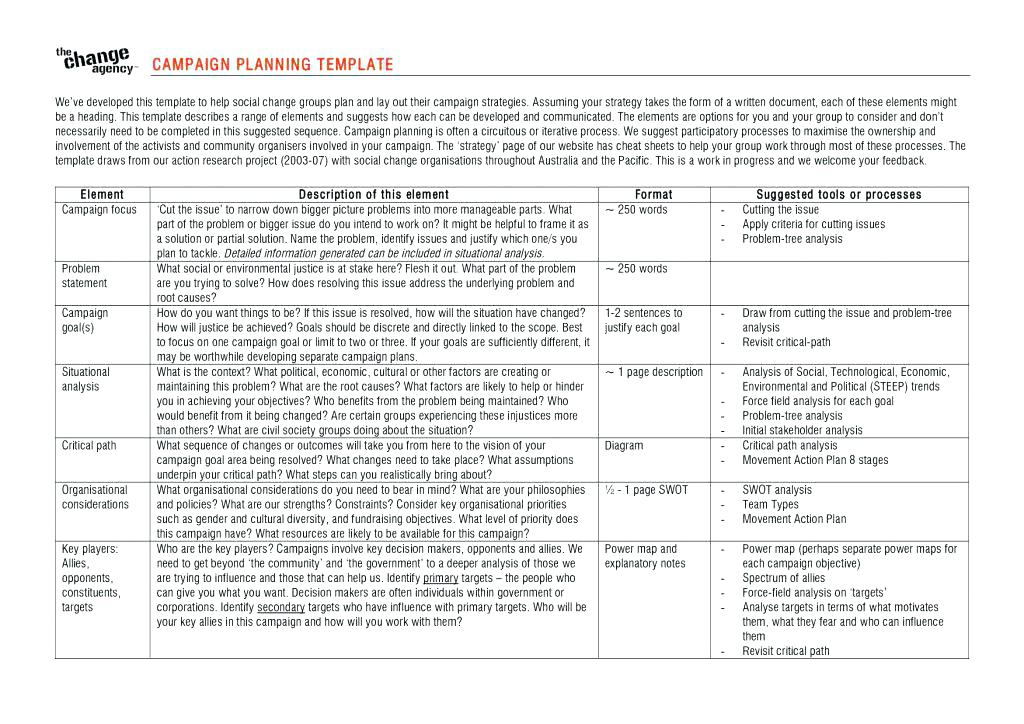 Next, try to think ahead, and clearly define what the consequences of the problem may be. And only after you have an objective vision of the situation, you will have the opportunity to resolve the situation.
Next, try to think ahead, and clearly define what the consequences of the problem may be. And only after you have an objective vision of the situation, you will have the opportunity to resolve the situation.
Principle Two: You Can't Solve All Problems at Once
It often happens that problems pile up in a crowd: several problems may pile up at one moment, or it may be that problems simply accumulate. Always remember that problems, firstly, must be solved as they arise, and, secondly, they must not be allowed to accumulate, otherwise it can aggravate the situation and create a serious emergency.
If it was not possible to avoid this, then you should not allow the appearance of the syndrome, and start trying to solve all the accumulated problems overnight. Solve your problems in turn: first, write them all down on one sheet of paper, then prioritize, evaluating the importance of the urgency of solving a particular problem. After that, you will have a ready-made plan for overcoming difficulties.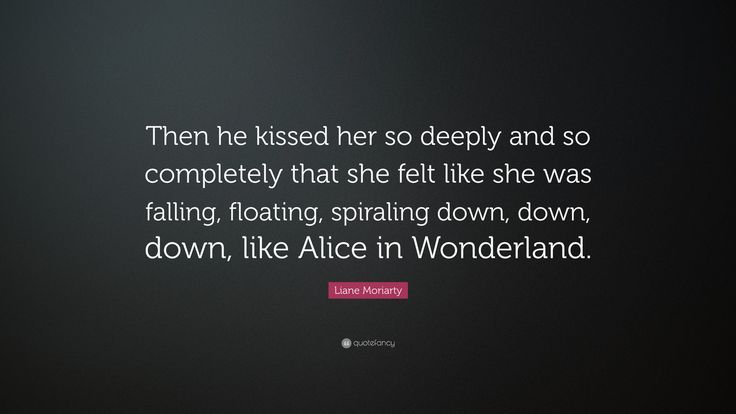 And without fail, solve problems one at a time, focusing on a specific goal.
And without fail, solve problems one at a time, focusing on a specific goal.
Principle three: act according to plan
The basis of successful activity is almost always a plan of action. And problem solving is what success is all about.
Once you have a list of your problems, and you know what needs to be addressed first, second, and so on, break the solution of each problem into several steps. Try "cutting the elephant to pieces" by dividing the problem-solving process into separate steps.
Let getting rid of an unpleasant situation become an exciting game for you, for which you have step-by-step instructions. Stick to it and be sure that there is only one winner in this game and that is you.
Fourth principle: get rid of fear
Very often fear gets in the way of solving problems. It even happens that a person is even afraid to write his problems on a sheet, so as not to face the real state of affairs. But, as you know, the only way is to meet him halfway.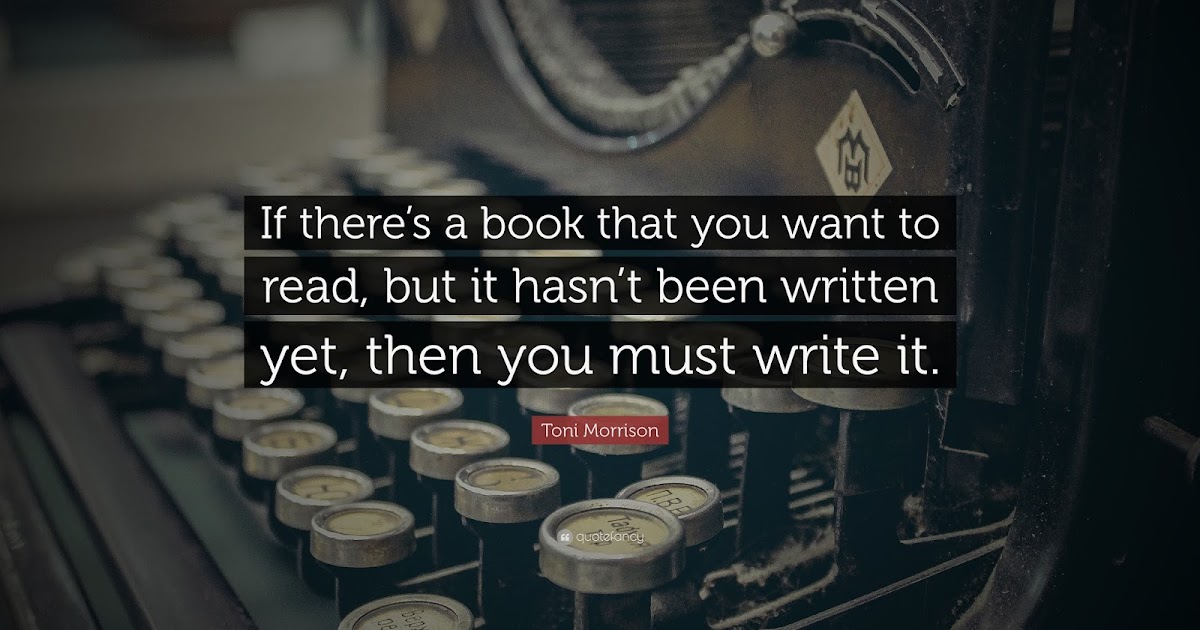
Stop being afraid and thinking that something terrible is happening. Calm down and tune in to a positive perception. Start presenting the problem in a different way - so that it becomes for you not a reason for despair, but an incentive for development. And don't forget that what separates successful people from unsuccessful ones is their mindset. Challenges are an opportunity for them to become stronger. Allow yourself to become a successful person.
Principle Five: Leverage Other People's Experience
Believe me, you are not the only person in the world who has problems. And many people have problems that you never dreamed of. But this does not detract from the importance of your problems, because. These are YOUR problems, not "someone out there."
However, you can use other people's experience in solving your problems. How to recognize him? Yes, very simple. You can ask some of your friends, relatives or acquaintances if they have experienced your situation. You can ask your questions on the Internet and stumble upon useful websites, articles or forums. You can even find a movie in which a person solves problems and try to put into practice the methods from the movie.
You can ask your questions on the Internet and stumble upon useful websites, articles or forums. You can even find a movie in which a person solves problems and try to put into practice the methods from the movie.
As you can see, there are opportunities, and they are all around you. Your task is to see these opportunities.
Sixth principle: to remain calm
Decisions based on emotions can often lead to negative outcomes. Realize that in problem solving, impulsiveness is not the answer. This does not mean that you need to press your fist to your head and become a philosopher of your life, but you need to approach the resolution of your difficulties with the mind, which means that, first of all, you need to remain calm.
This also includes the fact that because of problems one does not need to be very upset, sad and grieve. Problems are part of life, and, like joys, they tend to pass, they are simply perceived by us painfully. So treat trouble as a new turn in your path, and remember that a black stripe will definitely be followed by a white one.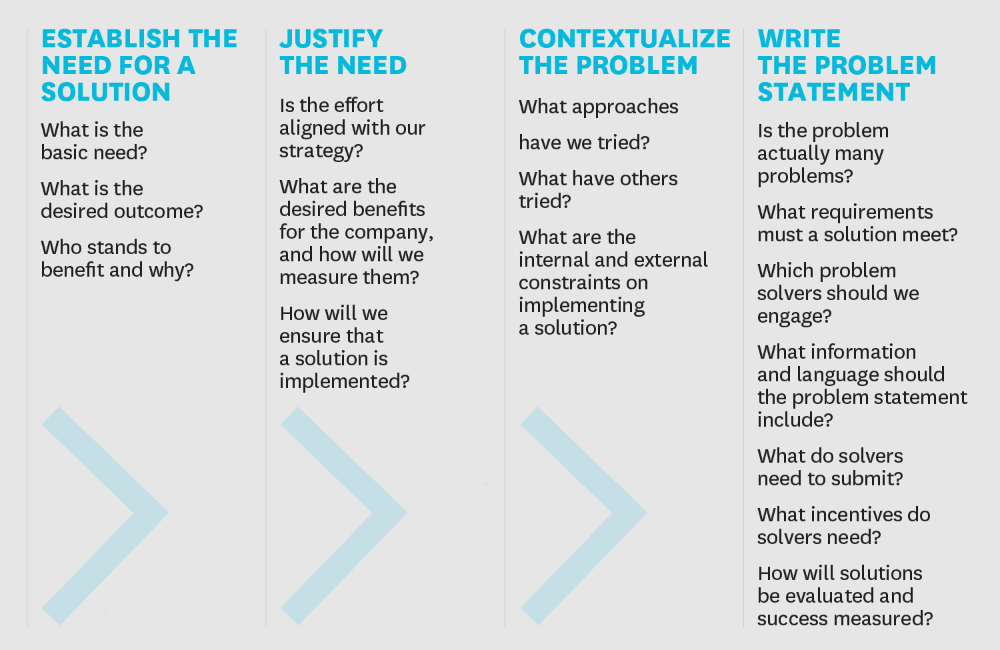
Seventh principle: do not neglect support and assistance
Sometimes people, when faced with problems, try to solve everything on their own, tk. either they don’t want to let someone into their affairs, or they are afraid to appear before someone in an unfavorable light, or for some other reason. However, there are such problems that can only be dealt with together, because relatives or friends can help with advice, complete some assignments, use their connections, etc.
For this reason, you should not neglect the support of others, and your reputation can be pushed into the background for a while. Of course, one should not be humiliated, but it is possible and necessary to turn to someone for help if necessary.
Principle Eight: Don't Make Problems
Faced with problems and considering ways to solve them, one should try to calculate all possible perspectives. The fact is that rash actions or "blurred" ways to solve a problem situation can be potentially dangerous.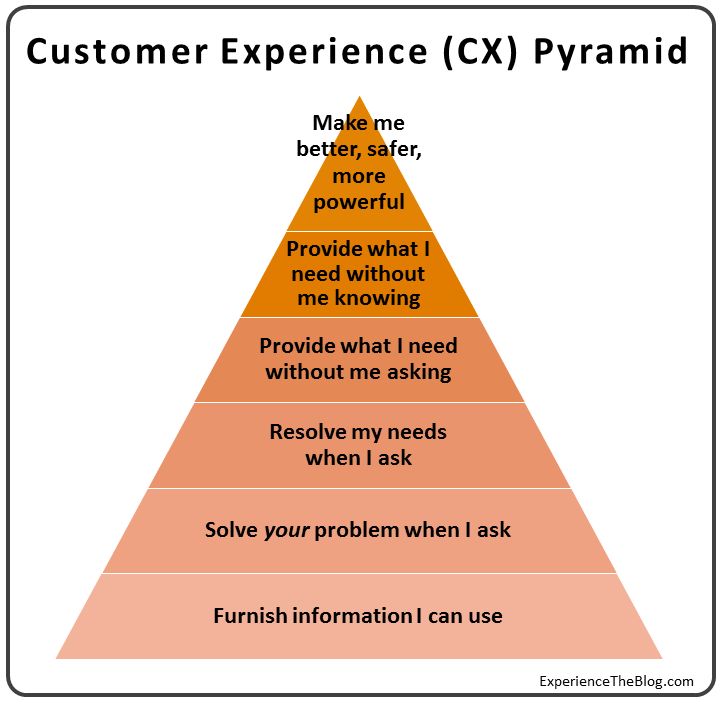 In other words, they can give rise to other problems, which should never be allowed.
In other words, they can give rise to other problems, which should never be allowed.
Always think not in the future, calculate the options several times and consider every step you take. It is here that the folk truth is most suitable: "Measure seven times, cut once."
Principle Nine: Act
Actions are the basis of any result. If you don't act, nothing will happen. Based on this, you must understand that if you just sit, do nothing and wait for the problems to resolve themselves, at best you will remain in the same situation, and at worst, the problems will worsen, cause other problems and fuss.
Planning alone is also not an option, because, in fact, it is a theory. Once a plan is made, you need to move into action and start attacking your problems. And the more decisive your actions are, the weaker the opposition of troubles will be.
Tenth Principle: Believe in Yourself
And the last thing I would like to say is that you always, everywhere and in any situation, no matter how difficult it may seem, must keep faith in yourself and your strength. You must be above circumstances, even if they do not depend on you. You must perceive yourself as the master of your life. You should not just believe, but know that after solving problems, a new turn awaits you on the way to a brighter future and a life with fewer problems.
You must be above circumstances, even if they do not depend on you. You must perceive yourself as the master of your life. You should not just believe, but know that after solving problems, a new turn awaits you on the way to a brighter future and a life with fewer problems.
And one more thing: stop calling problems problems, because only this is a person in such a way that he begins to perceive what is happening in gloomy tones. Let problems become just situations or circumstances that require a little more attention from you.
HOW DO YOU MANAGE PROBLEMS: Are you able to solve your problems effectively? How stress resistant are you? How do difficult situations affect you in general? To answer these questions, as well as to understand which qualities help you cope with difficulties and which ones hinder you, we suggest that you take our self-knowledge course, from which you will learn enough about yourself to start working on yourself and learn to perceive everything that happens.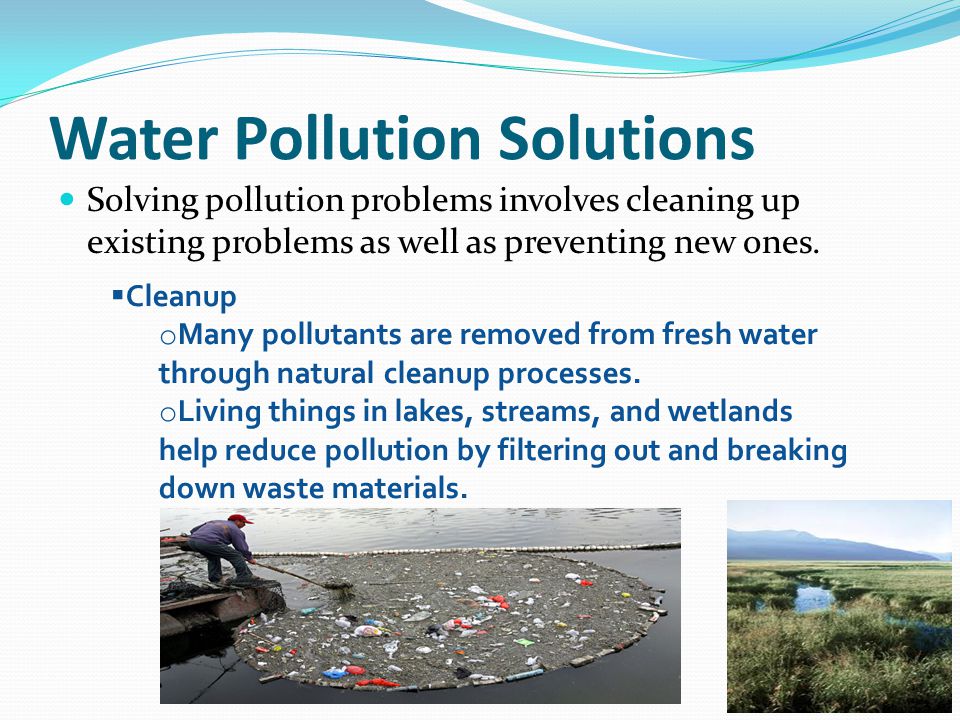 with your head held high. Go on and start to know yourself
with your head held high. Go on and start to know yourself
We wish you success and perseverance!
There are several categories of people who deal with their problems in different ways:Some turn a blind eye to problems and simply ignore them.
Others begin to whimper and complain, suggesting to themselves in advance that the problem that has arisen cannot be solved.
And, finally, the third group gather all their will into a fist and try to solve the problem that has become a stake.
That it is easier for people belonging to the last category to overcome difficulties is clear and obvious. It is gratifying that belonging to any of the groups is a fixable matter. So, if you are more of the first or second category of people and you don't like it, you can change it. What is needed for this? - A little patience and practice. Further you will find useful installations and absolutely concrete steps for a constructive solution of problems of any degree of complexity.
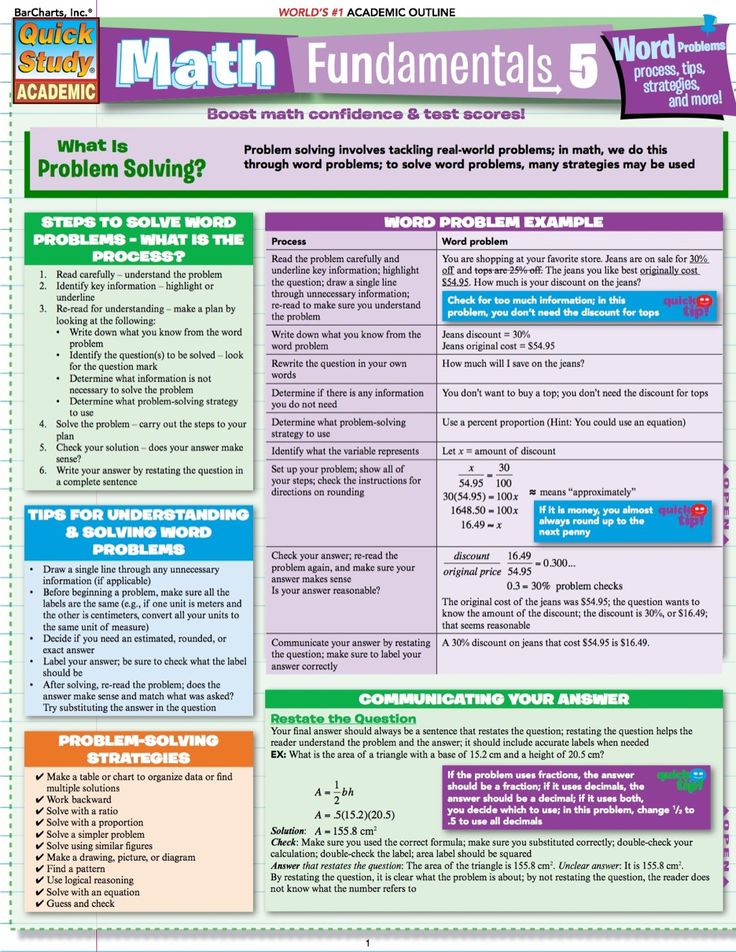
Tip 1: Don't ask "Can I...", ask "How?" and what?"
Many people, when faced with difficulties, ask themselves:
can I do it?
Is it even possible to do this?
won't it get worse if I try to change something?
These thoughts are understandable. The more difficult the task and the more threatening the problem, the stronger the doubt. We are not sure whether we have enough strength and ability to solve this problem.
In principle, thinking about the limits of one's own abilities is not bad. Only when it comes to the moment when it is necessary to take action, the activity of such people for some reason slows down or they simply give up until the problem becomes difficult, which it really was not.
Try to approach the problem from a different angle. Not one that makes you feel like you're standing in front of an insurmountable wall, but one that opens doors to different possibilities for solving a particular problem. Better ask yourself:
what should I do?
what would i do to solve the problem?
What exactly do I need to solve the problem?
who or what can help me?
what might be the first step in solving the problem?
Although questions of this nature do not solve the problem itself, you are still moving in the right direction. And if you think more about possible solutions than about your limits, it will give you strength and awaken the feeling that you yourself can build and organize your own life.
And if you think more about possible solutions than about your limits, it will give you strength and awaken the feeling that you yourself can build and organize your own life.
If you constantly replace the thought “Can I…” with “How?” and “What?”, you will have a good starting base for active problem solving.
Tip 2: Learn to find the good in your problems.
If we have a problem, we would probably like to postpone it until another day or forget about it altogether. We view problems as annoying and just want to get rid of them like garbage. In doing so, we forget one thing: every problem constantly provides us with opportunities to grow as a person and learn from it.
Accordingly, a useful step in solving problems is to regard them as learning tasks and strive to learn how to love and solve these problems. This is probably even less theoretical than it sounds - since in fact every person does this in certain areas of activity.
For example, one who begins to learn a sport or a musical instrument immediately encounters great difficulties.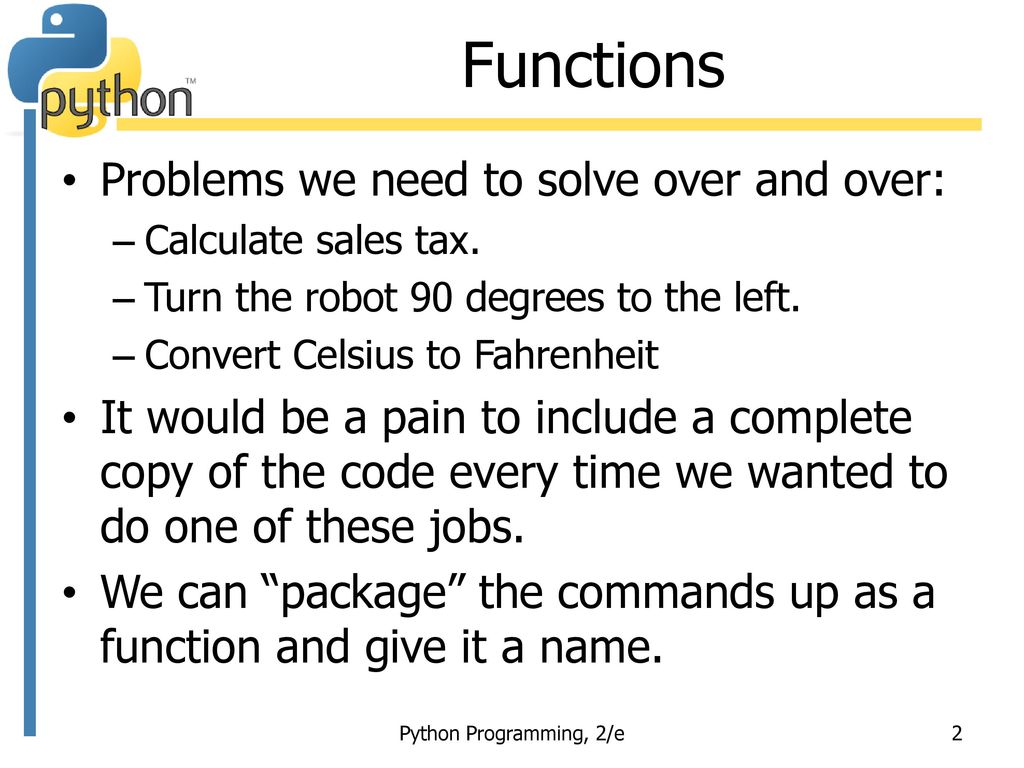 People who look at an unattained goal come into conflict with themselves and their abilities. They are unhappy that they are not so good, they spend a lot of energy on self-criticism. At the same time, their passion quickly passes and they give up.
People who look at an unattained goal come into conflict with themselves and their abilities. They are unhappy that they are not so good, they spend a lot of energy on self-criticism. At the same time, their passion quickly passes and they give up.
It is different for those who love what they do and try to expand this love. Despite some failures and mistakes, they still enjoy their studies and thus find the strength to continue the struggle.
For the next solutions to problems that seem very difficult to you, the following questioning can help you:
What is positive about this problem (for me or others)?
What will I learn from this problem (task)?
What experiences will I have that I wouldn't have without solving this problem?
How will my horizons and my abilities expand when solving this problem?
Tip 3: If you understand the essence of the problem, you will already solve it halfway
Many people, without understanding the problem, often choose the wrong way to solve it.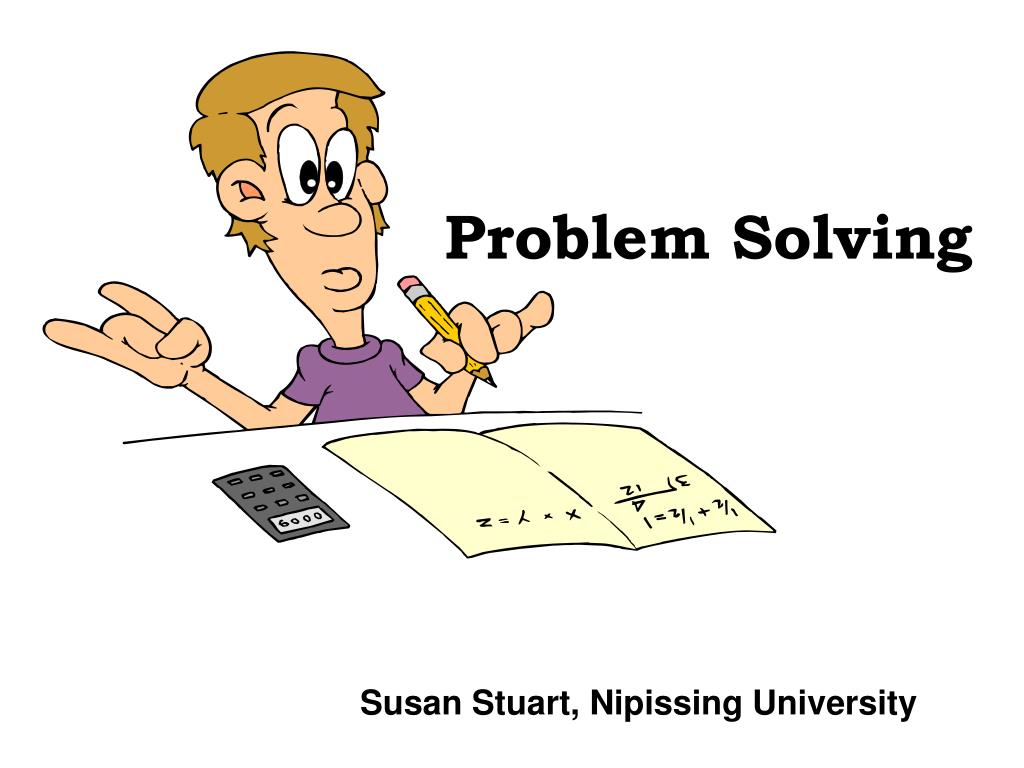 As a result, these paths lead to a dead end, since they did not fit the problem at all.
As a result, these paths lead to a dead end, since they did not fit the problem at all.
Let's say you have a conflict with a work colleague. You ask yourself what the real problem is and come to the conclusion that your colleague is jealous of you because you are getting more money for the same job. And whatever measures you take, they would not lead to a solution to the conflict, since hatred in this case is not a problem, but a consequence.
Indeed, in reality it is not easy to understand the essence of the problem. We readily forget that problems almost always have several causes and factors. Of course, it would be much easier if we were dealing with unambiguous cause and effect. As a rule, the problem is a system that includes various factors and actions.
So try to remember that most things are much more difficult than you give them credit for. This is a useful thought that protects against hasty and thoughtless decisions.
So try not to think that you already know exactly what the problem is.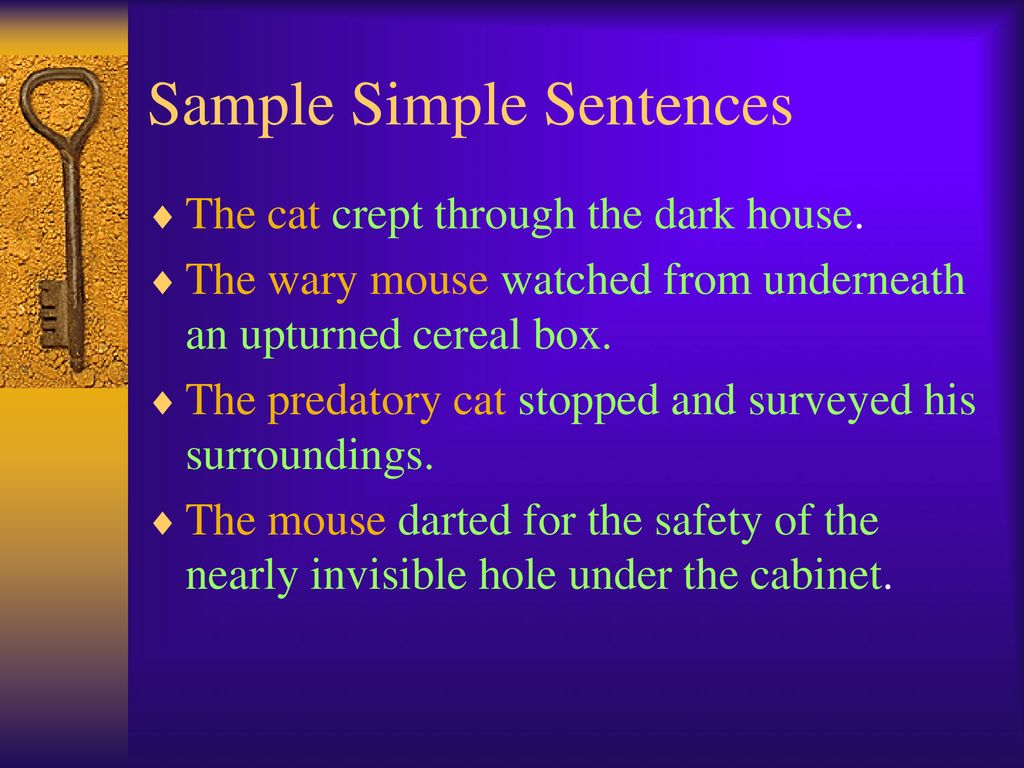 Once again, start from the beginning, feel the problem, look at it from different points of view, analyzing it in this way:
Once again, start from the beginning, feel the problem, look at it from different points of view, analyzing it in this way:
how I would describe the problem:
what else can we talk about: to…
who and what is involved in the problem…
what else could have an impact…
what has already been done to solve the problem, and what did it lead to…
Tip 4: Be open to opportunities
This tip has a lot to do with tip #3. If you accept that problems are more complex than they appear at first glance, it becomes easier to understand that, as a rule, more than one solution leads to a solution to a problem - and certainly not the first one that comes to mind.
The desire to quickly find a suitable solution to the problem is understandable. But it just as quickly leads to a loop on one possible solution path. In some cases, this can lead nowhere and exacerbate the problem. It often happened that people were so focused on the chosen solution path that they did not even notice that the problem had already been completed at an intermediate stage.
you think about the problem much more intensively;
you do not run too far in one direction, but remain mentally flexible;
practically you have various possibilities available, and you will not doubt if the chosen path will lead to success.
So, don't close yourself to other solutions. Use creative methods to come up with different ideas. Write down all your ideas, and even those that seem crazy to you - who knows, maybe they are the solution to the problem.
Tip 5: Courage to think creatively
This advice has already been partly used in tip #4, but it is so important that it should be specifically placed in a separate question.
So, "thinking creatively" means coming up with out-of-the-ordinary ideas, ideas that are often not understood or accepted by others, as well as having the courage to come up with crazy ideas and develop seemingly false paths.
You can’t learn this in one day, but there are still a number of aids through which you can begin to develop this quality in yourself, for example:
Ask people who have no idea about your problem at all for their ideas. Often, even naive and simple-minded people come up with brilliant ideas that we ourselves could not come up with because of some prevailing ideas.
Often, even naive and simple-minded people come up with brilliant ideas that we ourselves could not come up with because of some prevailing ideas.
Just turn your problem around. And instead ask, “What can I do to make the relationship better?” - "What can I do to make the relationship worse?" Thanks to this, you see problems in a new light. Although it sounds crazy, this is the way people often come up with ideas they couldn't find in the first question.
Unleash your fantasies and associations. State the problem differently. Open a dictionary or lexicon on any page and randomly select a term. It doesn't matter if the term is relevant to your problem. Write down all associations between this term and your problem.
Please note that it takes practice to come up with a completely new idea. Don't expect too much of yourself right away, but just openly and curiously explore this kind of thinking. And everything will work out!
In this article, you will learn about one of the most powerful wish-fulfillment techniques, the Glass of Water. Also, with the help of it you can find the answer to any question. Water is a powerful information carrier and a transmission link from your subconscious to consciousness.
Also, with the help of it you can find the answer to any question. Water is a powerful information carrier and a transmission link from your subconscious to consciousness.
Today I'm going to introduce you to another technique called the "Glass of Water". This technique hides enormous possibilities. Now that we already understand something about the power of the subconscious and have already learned something about the amazing properties of water, we are able to understand and appreciate the full power and effectiveness of this practice by testing it on ourselves.
When to use the Glass of Water technique
- For example, when you are struggling with a solution to a problem - and can not find the answer.
- Or when experiencing acute pain (physical or mental).
- Or when you are in a difficult dilemma.
- Or when someone (or something) throws you off balance.
- Or to search for lost things.
- When you want to finally get what you have long and secretly dreamed of.

Yes, there are many more cases and situations in which the “Glass of Water” technique is of great help. Like all the other techniques already presented, it also affects the hormonal system. This impact is produced through the development of a special energy - mental.
An important condition: the technique is performed immediately before going to bed. But there is an exception - this is the loss of emotional balance. In these cases, it is not necessary to wait until going to bed, but the technique should be performed at this moment.
How to do the Glass of Water technique
- First, state your problem. Do not spread your thoughts along the tree - be brief. Moreover, do not go into details, do not overload the wording. For example, if your problem is feeling unwell, then say so: they say, I don’t feel well. Or if you are in a financial crisis, then don’t play around either, and formulate: “Right now I don’t have enough money,” and you can add what exactly.
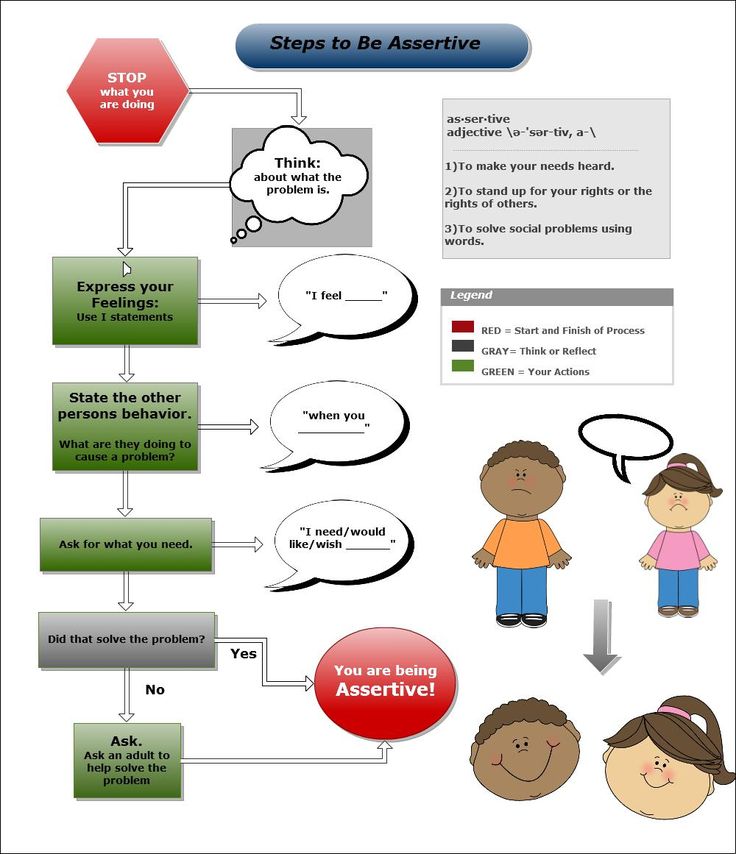
- When you have mastered the formulation of your problem, you need to formulate a task. It is not necessary to invent it - just remember, it is the same for all cases: "you need to find a solution."
- Then take a blank sheet of paper (small, for example from a notepad). And write down both: both the wording of the problem and the text of the problem - let it turn out to be a single text, which, when performing the technique, you will begin to pronounce out loud.
- Then pour into a glass of drinking water (Give preference to a glass of transparent and colorless glass).
- Add a few drops of pure lemon juice to the water and mix thoroughly.
- Take the glass in your hands, holding it with four fingers: forefinger and thumb.
- Then close your eyes and say the text aloud from memory that you prepared (problem statement + task).
- Then mentally add the delegation phrase: "That's enough for me to solve my problem.
 "
" - And slowly, with gusto (possible with stops), in drink exactly half of all the water in the glass. However, it's okay if you drink a little more than half - accounting accuracy is not required here.
- Important! While drinking water, you should have nothing in your thoughts except the delegation phrase: mentally pronounce it while you take sips.
- Cover the glass with the second half of water with the paper on which you wrote the text of the problem and task, and 9Place 0178 next to your bed, at the head of the bed.
- In the morning, drink the remaining half of the water - and also with a single thought. This one: "Thank you!"
- Mentally pronounce this word until you have finished drinking all the water.
- You can throw away the record sheet - with the understanding that he did his job.
Because be careful during the next 3 days - so as not to miss the decision (three days is, of course, a suspended sentence). A solution may dawn on you already on the first night, but 3 days is usually the deadline: that is, in this period of time the decision arrives.
A solution may dawn on you already on the first night, but 3 days is usually the deadline: that is, in this period of time the decision arrives.
Please be aware that there will be no miracles. Decisions are usually so simple that they are sometimes dismissed - not taken seriously. Don't succumb to this risk - don't expect anything "special" and confused. Remember: there is a simple solution for every problem you have. And it's always the best.
How it works
Do you know that water is a sensitive, finely tuned store of information? And it is already known that, hearing this or that information, it changes its structure. And this is also no secret to anyone: the lemon juice you add to water is an acid and it turns the water into an electrolyte (more precisely, it noticeably enhances the electrical conductivity of water). The operation of electrolyte batteries is based on this principle.
When you speak your text (formulation of the problem + task), water takes this information and adjusts its structure to it - that is, becomes the physical equivalent of spoken words . When you mentally send a delegation phrase, you are transferring a very specific electrical impulse (energy) to the water.
When you mentally send a delegation phrase, you are transferring a very specific electrical impulse (energy) to the water.
When you close your fingers on the glass, you close this energy - you don't let it dissipate.
And when you drink water, you direct the energy saturated with specific information into the body. This is a matrix - a request program (it is also called an intention).
And since you think not only with the brain (as is commonly believed), but with each cell, this is what happens: you are completely, with each of your cells, saturated with the energy of intention - to find a solution to your problem. The energy of intention is a very powerful energy that will not calm down until it connects the energy of the problem with the energy of its (problem) solution.
Why divide the water into 2 portions?
This is a ritual action that you address to your subconscious - after all, it is to him that the energy of intention is addressed, it is that a request is transmitted to the subconscious: the first - to find a solution, and the second - to provide a solution to the problem.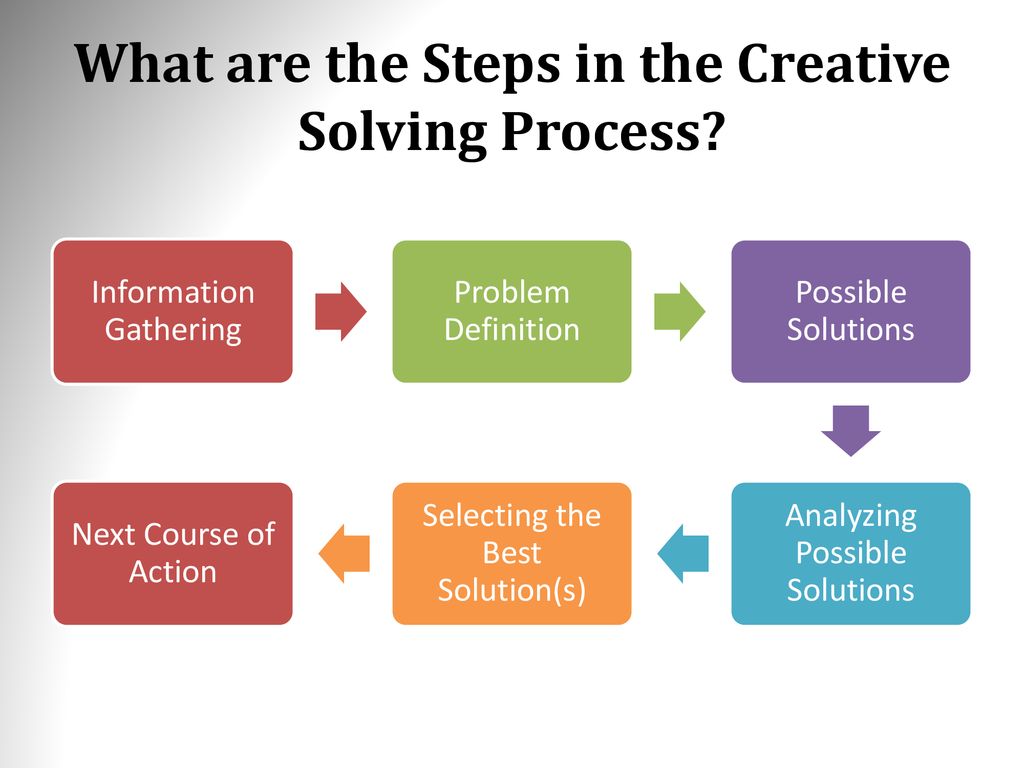
Therefore, the night portion is a request for a solution, and the morning portion is a request for a solution. And - most importantly - an announcement of your readiness to accept it.
This is exactly why you say "thank you" in your mind - to let your subconscious know that you are sure that the solution is ready. This way you are open to receiving a ready-made solution.
Why is the technique performed at night?
And so that you don't phon, you wouldn't create any noise with the incessant stream of your thoughts (very different). In sleep, consciousness rests - and does not create any noise. And the subconscious works without interference - and only on the task that has arrived.
Each of us, one way or another, constantly faces various tasks and problems. These can be problems of a personal and business nature, unresolved issues that turn into problems over time, personal responsibility for making a particular decision.
It is not always possible for everyone to find the best way out of the situation.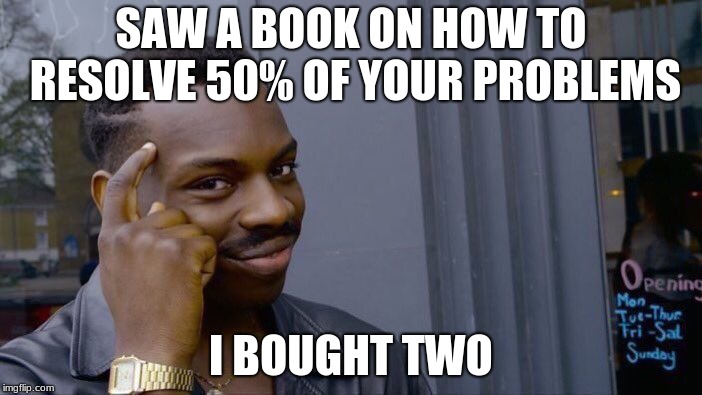 Most often in order to find an effective solution lacks experience, wisdom, time or knowledge. There are many different techniques for finding solutions, and the main challenge is which technique is right for you or your particular situation.
Most often in order to find an effective solution lacks experience, wisdom, time or knowledge. There are many different techniques for finding solutions, and the main challenge is which technique is right for you or your particular situation.
Not so long ago there were statements that problems do not exist. There are only tasks that need to be solved. Problems exist only in our heads. There are many opinions on this subject, and in principle, everyone is free to think in their own way. But since the word "solution" is more like the word "problem", let's try to view our problems as problems, so it will be easier to solve them. We all learned to solve problems at school: with one unknown, with two unknowns, there were even those when there seemed to be very little initial data for solving it.
So it is in life, when at first glance you find yourself in an unsolvable situation, at first it seems that it is almost impossible to cope alone, but starting to unravel the tangle of questions, it becomes clear that the solution has been found and the right one has been found.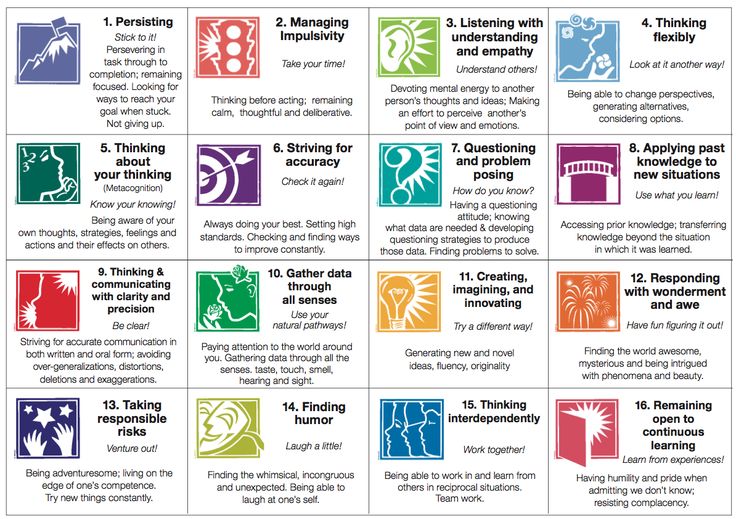
How can we make sure that in all situations we act according to the same algorithm, which has previously proven its effectiveness? The answer is tritely simple - to create your own personal decision-making system, and hone the skill of finding effective solutions to automatism.
“If we understand that any problem or problem has a solution, then our thoughts will not focus on our attitude towards it, but on what to do to make one task or problem less.”
"The hopelessness of a situation is most often not in the absence of a way out of it, but in the inability to find it."
"All our difficulties have more to do with how we think about them, not with the true state of things. So the problem is not what exactly happened, but how we react to what happened."
"The paradoxes and patterns of our life and business are such that for the absence of problems, you have to pay ... the lack of success!"
Wise thoughts, aphorisms, sometimes like echoes from distant worlds and centuries, are often good helpers and advisers in various situations.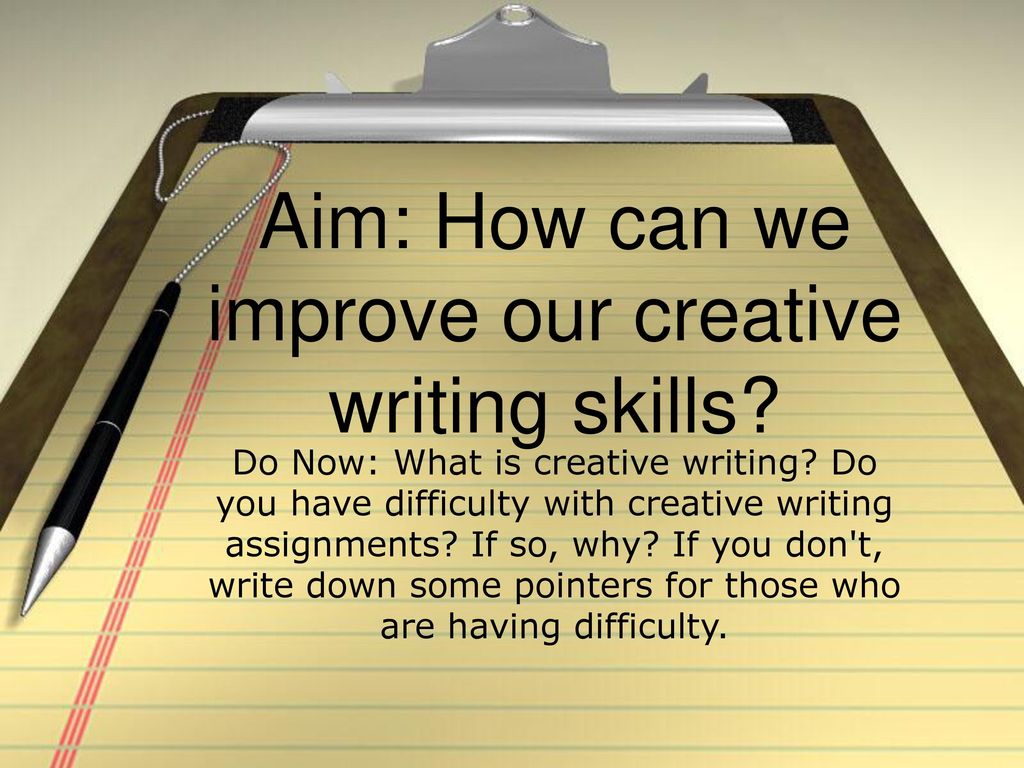 This is someone's experience. But we habitually want to step on our own, and not on someone else's rake, so we most often evaluate the value of advice after ...
This is someone's experience. But we habitually want to step on our own, and not on someone else's rake, so we most often evaluate the value of advice after ...
Let's see how those who already know how to do this find solutions to problems and problems. Note that we now have an important task: to learn how to find the most effective solution.
Effective Solution Techniques
1. Make sure you're solving the right problem. It is important not to forget: "The main attention is on the main things."
2. In second place I will put the ability to ask yourself the right questions. Remember, sometimes someone's question can radically change the attitude to the problem and look at it from a different angle. Questions are also needed in order to analyze the current situation, to understand what we need to build on and what resources we have.
Coaches have the ability to ask questions. A coach is a person who professionally solves other people's problems. In their practice, coaches use a technique in which they artificially create a situation in which a person must find his own correct and effective solution. The decision that he implements with great desire and pleasure.
In their practice, coaches use a technique in which they artificially create a situation in which a person must find his own correct and effective solution. The decision that he implements with great desire and pleasure.
Brian Tracy states that successful people spend 25% of their time on a task. Indeed, our inability to determine the true cause of the situation, hello to the fact that this problem can be repeated again and again in different variations.
3. An effective tool in finding the most effective solution can be a simple brainstorming session among colleagues, employees, friends, family members. In such cases, they say: "One head is good, but two is better." Moreover, ideal and creative ways of solving a problem often emerge in such an environment. Having several options in hand, the main task will be to choose the best one. In this case, it will be useful to know how to make the right choice.
4. The "Six Thinking Hats" method, invented by Edward de Bono, is considered effective for evaluating provocative and unusual ideas, innovative proposals and situations.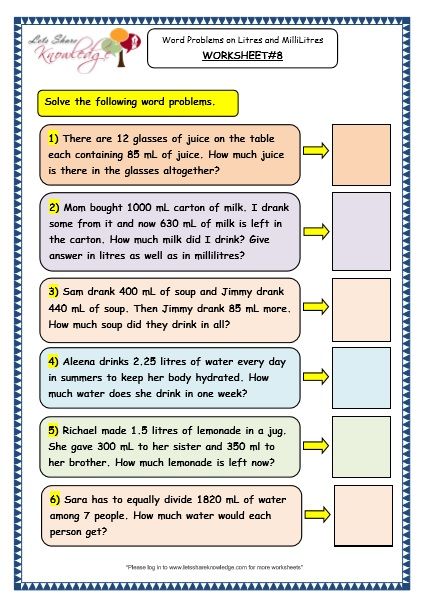
Given that collective opinion is often a struggle of different opinions, the Six Thinking Hats method encourages participants to think in parallel. To do this, participants wear hats of different colors, and look at the task from the perspective of the corresponding color of the hat. First, the proposal is announced, and then each participant takes turns putting on hats:
White hat - information hat. In a white hat, you can be asked to provide additional information, figures, facts that will help assess the situation.
Red hat - hat of emotions. You can describe the emotions that this sentence evokes.
Yellow hat - hat of optimism. Even if the idea seems bad, you need to find positive aspects in it.
Black hat - hat of pessimism. Even if the idea is great, you need to find flaws and threats in it.
Green hat - A hat of growth and opportunity. Everyone can suggest ways to improve the idea so that it works better.
Blue hat process hat.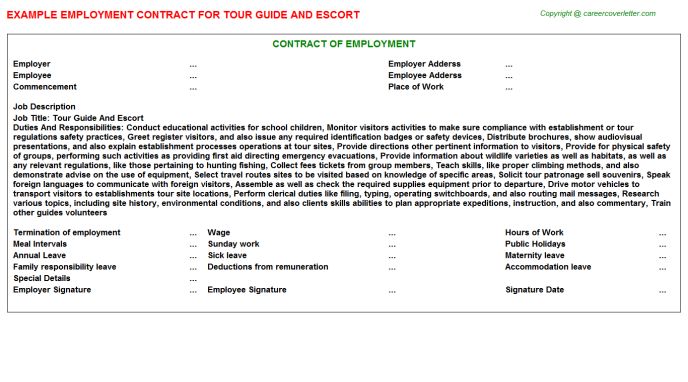 Wearing a blue hat, people are included in the process of thinking about it. Purpose: to find out how effective this method of evaluation of the proposal.
Wearing a blue hat, people are included in the process of thinking about it. Purpose: to find out how effective this method of evaluation of the proposal.
Using the "Six Thinking Hats" method in corporations, they solve the problems of staff turnover or the exchange of electronic document management.
5. Find the maximum amount of information on the subject. In this case, it will also be necessary to choose from the available arsenal and adapt someone's effective solution to a specific situation. Try to read good business literature, accumulate knowledge. Read more, analyze what you read, memorize information.
6. The most favorite and fastest search for the right and effective solution is to flip a coin. This is the case when there are so many good options that it becomes difficult to decide.
Met on this occasion a translation of a poem by Peter Hein:
If you are in the grip of doubts of torment,
Locked in them, as if in a cage.
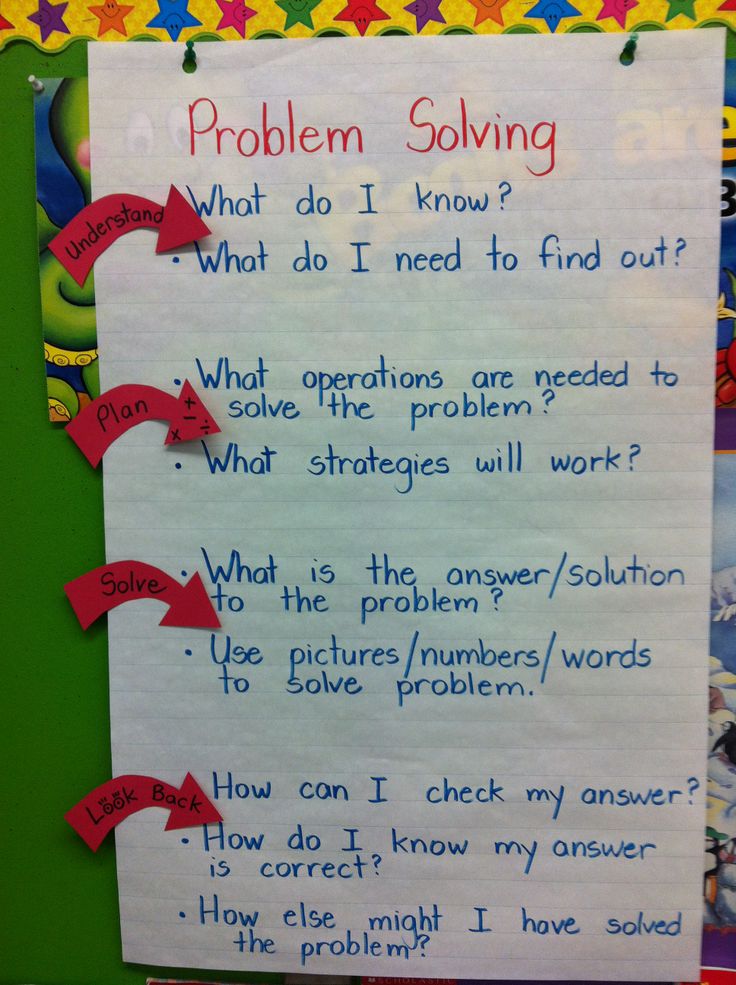
The wisest of all, do not laugh friend -
Toss a coin up.
Only a penny to rush into the air,
Only the world will become shorter.
You will suddenly understand,
What do you secretly want.
7. It would be nice to hear your intuition. Sometimes, in extreme situations, the subconscious is able to offer the best way out. Trusting your intuition, you need to remember about the likelihood of errors.
8. Accidentally stumbled upon the "Horse" technique, which, I think, has the right to life in some cases. When there is no strength left, and the solution has not yet been found, go to bed. “Morning is wiser than evening,” our grandmothers used to say. Just before going to bed, mentally think about the task and say: "Let the horse think about it."
In this way, you let go of the problem, and if the obsessive task bothers you, tell yourself that now this is not your task, that the Horse is now thinking about it.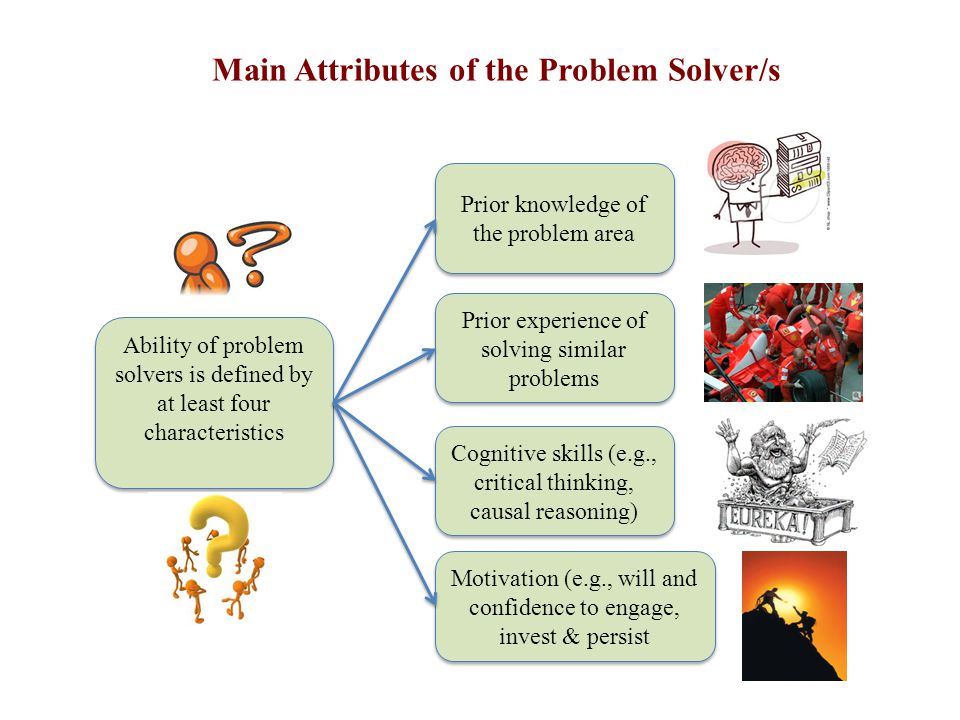 Having thus relieved tension and believing that the Horse has the answer, the author of the method advises thanking the Horse when the answer comes to your mind or puts it into the mouth of another person.
Having thus relieved tension and believing that the Horse has the answer, the author of the method advises thanking the Horse when the answer comes to your mind or puts it into the mouth of another person.
9. Silva Glass of Water Technique. With this method, you can use the latent abilities of consciousness. This is essentially self-hypnosis, and it stimulates the creativity of our brain through the use of both hemispheres.
Before going to bed, fill a glass with clean water and drink half. Then close your eyes and look slightly up. Mentally say, "This is all I need to do to find a solution to the problem I'm thinking about." After that, let go of the problem and stop thinking about it - you have transferred it to your consciousness for consideration.
When you wake up in the morning, drink the other half of the water and follow the same steps as before going to bed. People who use this method believe that the solution comes either at night in a dream, or in the form of some random clue.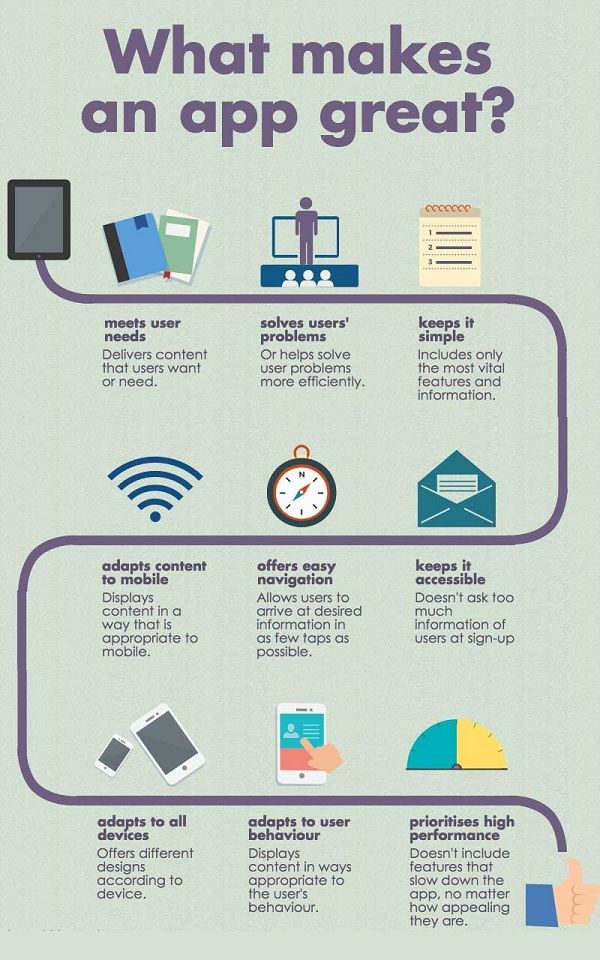 This method is very similar to the "Horse" technique, probably in search of an effective solution, people invented many similar methods in case the idea did not occur at all.
This method is very similar to the "Horse" technique, probably in search of an effective solution, people invented many similar methods in case the idea did not occur at all.
10. And now, when the only solution is finally found, it can be checked against the criteria "What should be an effective solution."
- Our decision is justified.
- Our solution is real, we have all the resources to implement it.
- Our solution can be decomposed into simple components.
- Our decision is timely. His performance is still relevant.
- Our solution is flexible. It can be adapted to changing conditions.
- Our solution must bring maximum benefit.
- Our decision provides control over its execution.
Friends, none of us is immune from making wrong decisions. You need to understand this and try to get rid of this fear. The only sensible way to deal with problems and challenges is to create momentum as quickly as possible.